Today we hit the road heading north to explore parts of western Iceland. Lots of scenery and history plus a concert, sculpture garden and art gallery tour. Because we drove maybe four hours Thor had and used much of it to lecture on history and geology. But I’m not going to bother you with all of that.
Who am I trying to kid. Of course I am.
Here are the highlights:
874 c.e. – Vikings arrive and settle Iceland. Monks had come earlier seeking solitude but left no record, only some archaeological digs.
930 – the first Althing, the longest serving parliament in the history of the world, is held at Thingvellir
1000 – Catholicism supplants/replaces Nordic worship of Thor and his friends
1262 – Iceland’s golden age has ended. Climate turns cold, starvation is rampant and Iceland submits to rule by the King of Norway
1397 – Denmark conquers Norway. Iceland now ruled by the Danes
1550 – the Danes behead the Catholic bishop and install Lutheranism as the go-to religion
June 17, 1944 – Iceland becomes a fully independent republic, ending 500 years of Danish exploitation and depravation.
Iceland played a role in WWII as an airbase (now the Keflavík airport). They elected the first female head of state in the world in 1980 and is a world leader in gender equality today.
Geologically speaking, Iceland is located at the junction of the American and Eurasian tectonic plates. As they interact, pressure builds and lava escapes, forming Iceland as we see it today. Iceland averages an eruption every few years but has experienced eight in the past 10 years.
End of lecture.
The drive gave us great views of the landscape – valleys and mountains. Lava fields sculpted during the last ice age, mostly devoid of tress, a few sheep (most sheep are in the highlands for the summer) and an occasional farm. Early settlers cut down and burned the indigenous birch trees to clear land for farming. Efforts are underway to restore birch forests but growth in Iceland is slow. Lupins, introduced to control erosion in the south, are everywhere and invasive.
First stop: Thingvellir National park, a two-fer attraction. The large lake on the park formed due to glacial and tectonic plate movement. Evidence of the plate rift is very evident. The east side of the lake is on the Atlantic plate, the west side is on the Eurasian plate. Cool.
Not only that, Thingvellir is also the site of the first and many subsequent Althing sessions over the intervening centuries. Fifteen hundred years ago clansmen from all around Iceland would meet here every year, camping out in tents about where the church is now located. There were no permanent buildings. They would pass laws, settle legal disputes, arrange business deals, including marriage contracts, and socialize. Extra cool.
After lunch at Húsafell, we visited Páll Gundmundsson at his studios. This turned into a cultural three-fer. Pásll is a sculpture artist who carves faces and images in stones found around his childhood home, which is now his studio. He also creates a musical instrument he calls a “steinarpa,” a collection of stones found in the hills around the studio and shaped to sound the tones of the 12-step scale when struck by a mallet. He’s also a fine artist. See the photos to see what I mean.
Two more stops. First, Children’s Falls. Sad story: Mom goes to church on Christmas Day. Kids stay home. Their tracks end at the stone arch crossing the river by the falls. They fell in and drowned. Mom orders bridge destroyed. Beautiful falls, nonetheless.
Final stop was at the town of Snorrastofa. What we saw was a pool built in the 13th century by Snorri Sturluson, one of the few remaining artifacts in Iceland from that period. The town is actually a research center for the Icelandic Sagas. Here’s Sage’s write up for the town:
“This sleepy town is known for its research center on the medieval era in Iceland and the home of the legendary saga writer and politician Snorri Sturluson who lived in Reykholt until his death in 1241. Snorriʼs records of the Old Norse language and Nordic mythology are invaluable to modern scholars. The quality of his writing made him the foremost historical writer of medieval times throughout Europe. His style, bringing his characters to life, makes fascinating reading even today. Snorri was a wealthy and powerful chieftain in the age of unrest and civil war preceding Icelandʼs loss of independence.”
A door into the hill by the pool led to Snorri’s castle. He was murdered by his enemies in that tunnel.
One interesting thing about Iceland that keeps cropping up: one-third of Icelanders believe in fairies. As one example, Thor showed us a stone by the side of Highway 1: the ring road that runs all around Iceland. When the highway was under construction, a local farmer came to the highway engineer to have the road divert around a stone that, the farmer said, was the home of fairies. “Sorry, we’re too far along. The highway can’t be moved,” was the answer. A series of accidents injuring workers, and the failure of the bulldozer assigned to move the rock, was enough. The highway was moved. Thor’s wife, who grew up on a farm in the north of Iceland, says that there is a fairy stone on her father’s farm.
Back in town, we treated ourselves to another gastronomic delight: a hot dog from the best hot dog kiosk in Iceland (mustard, grilled onions) and an ice cream around the corner from our hotel.

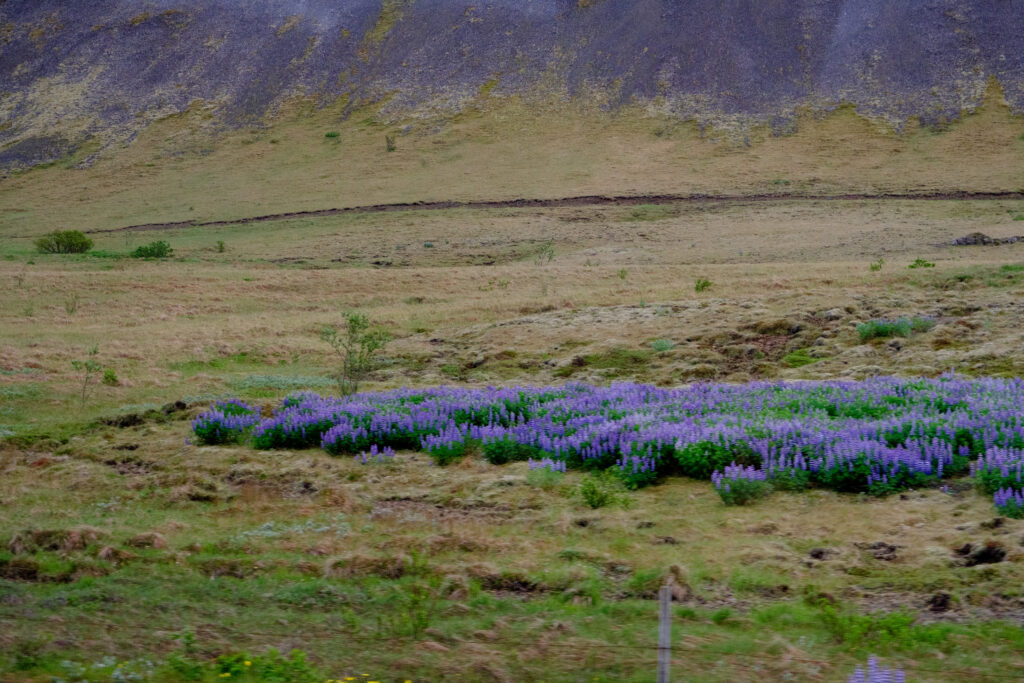
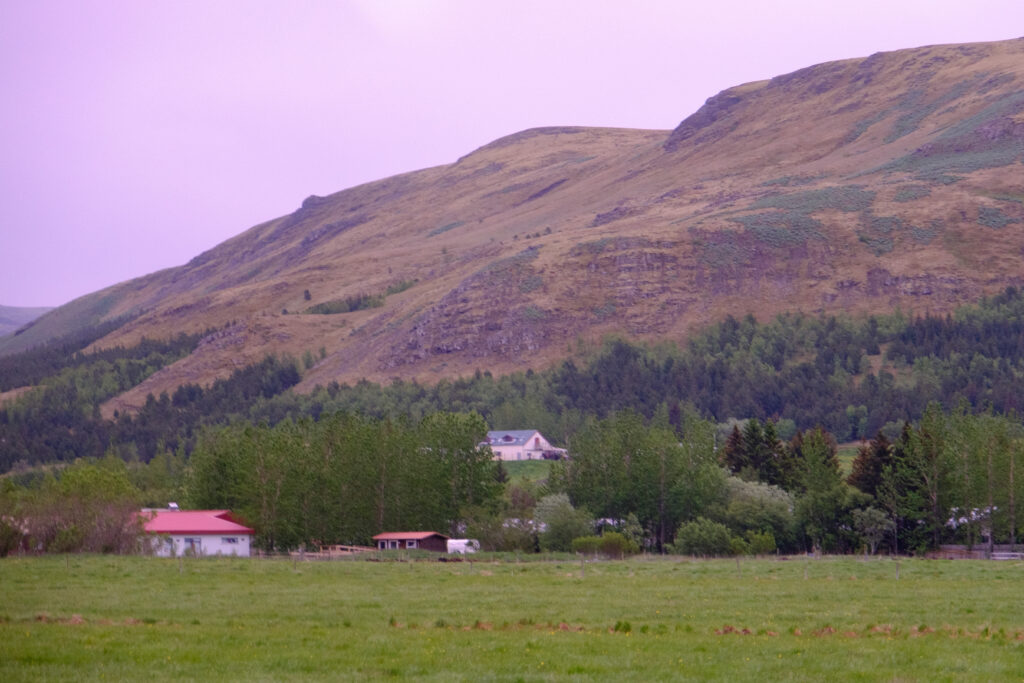
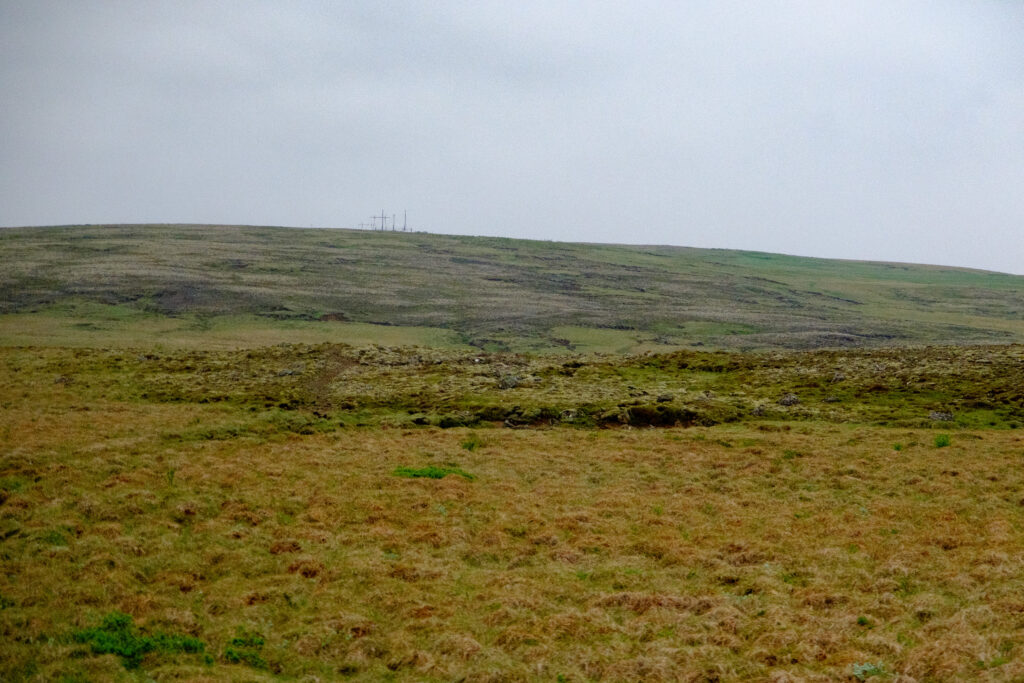


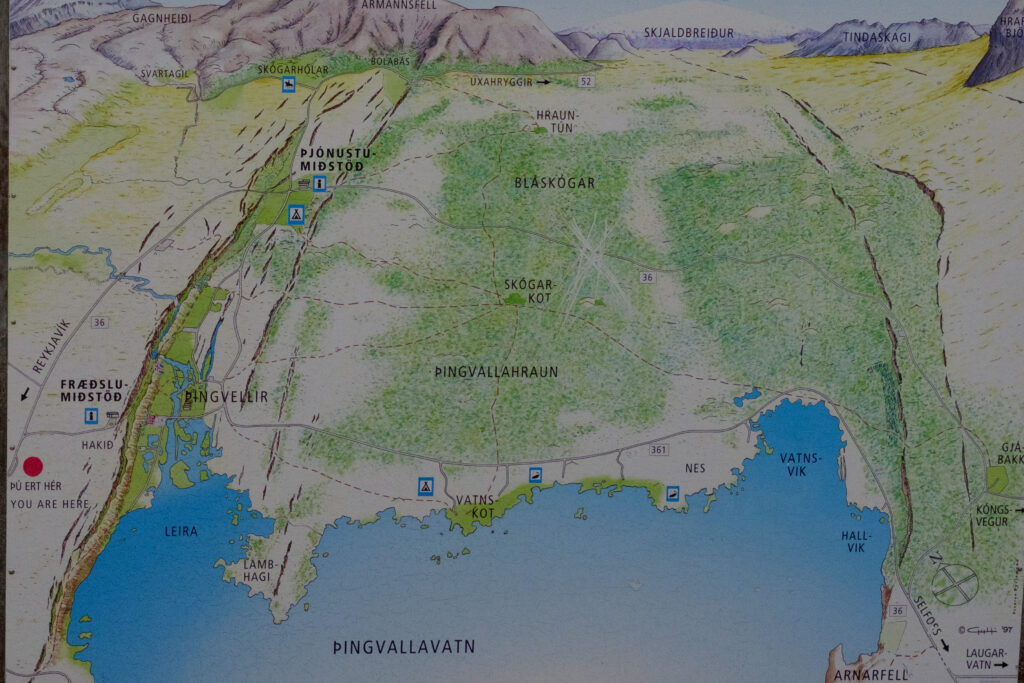
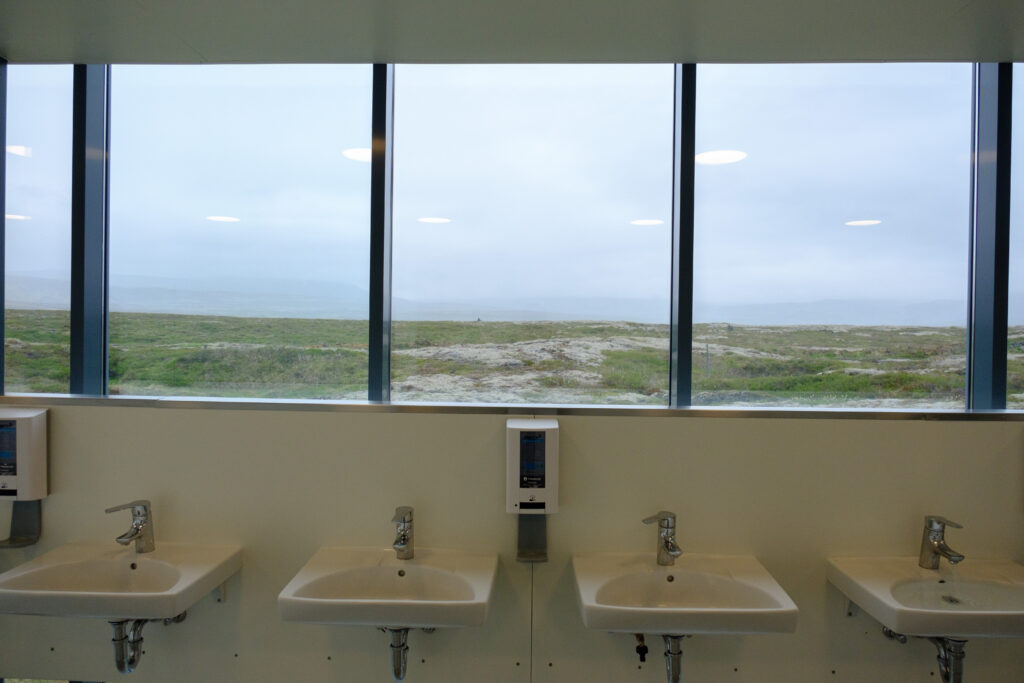
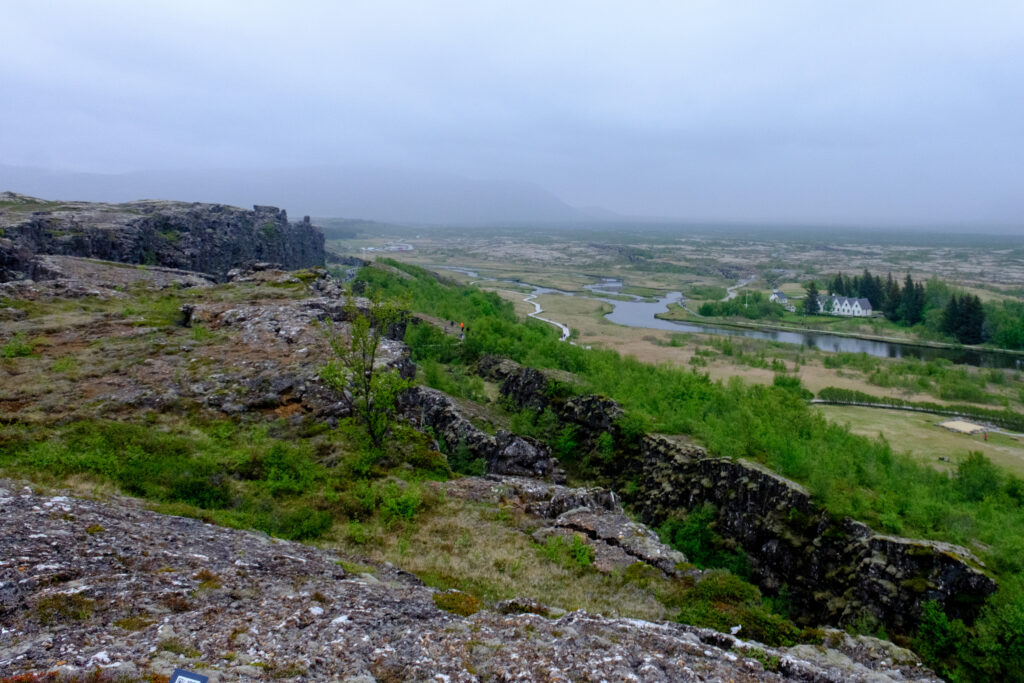
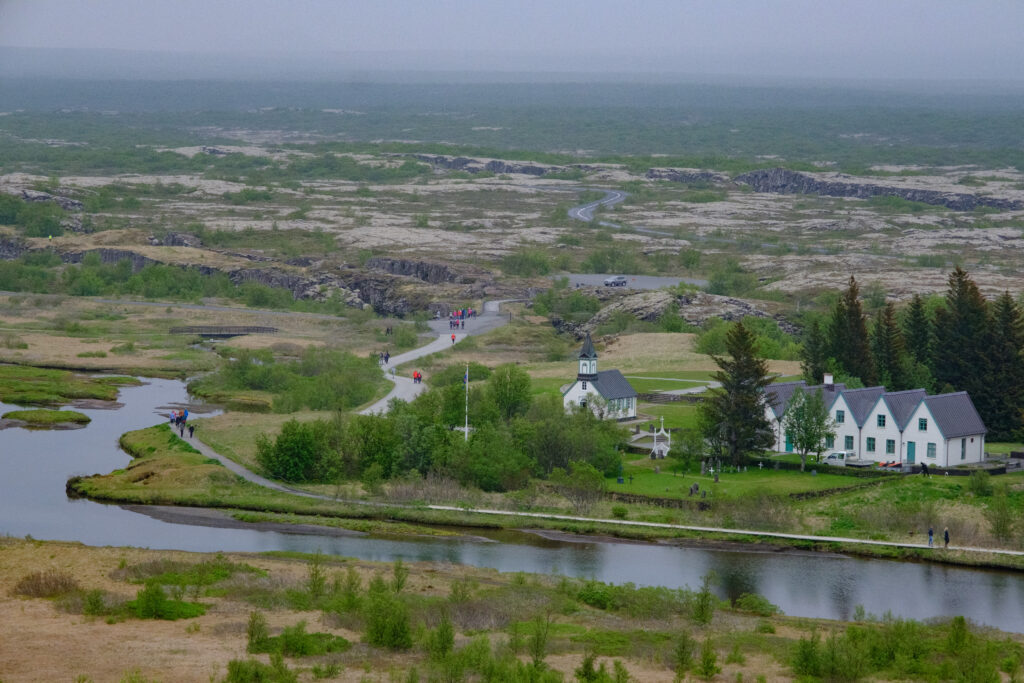
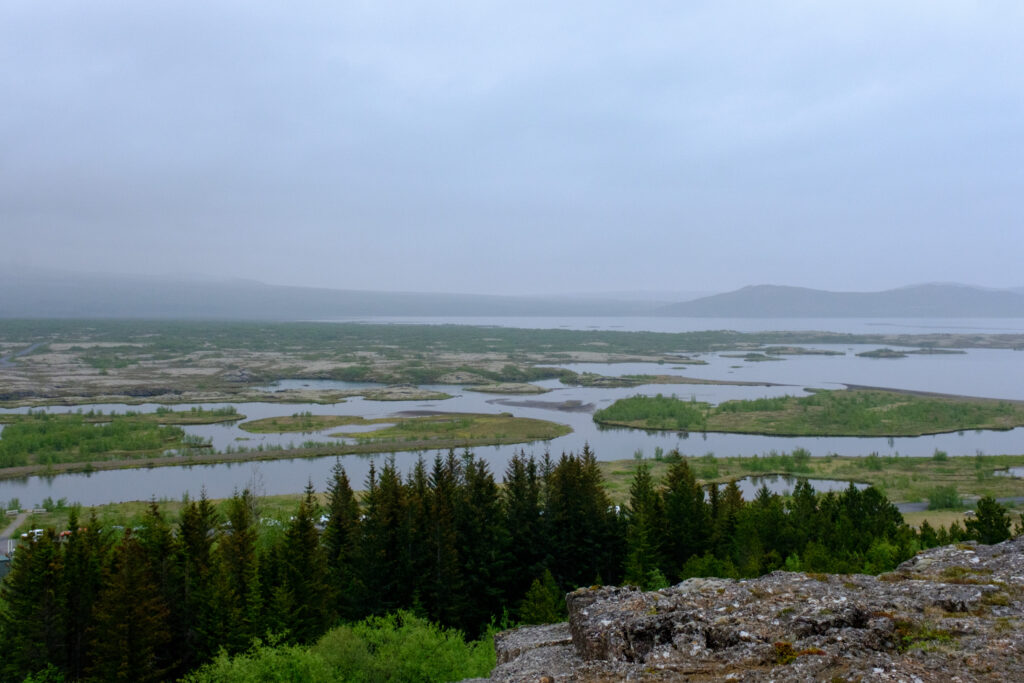
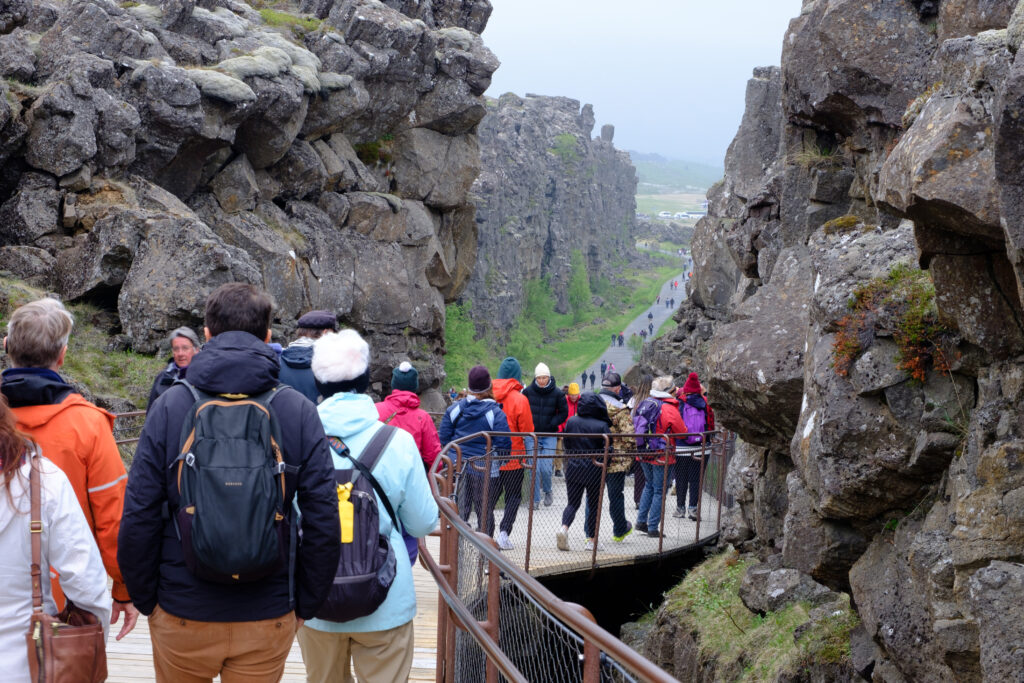
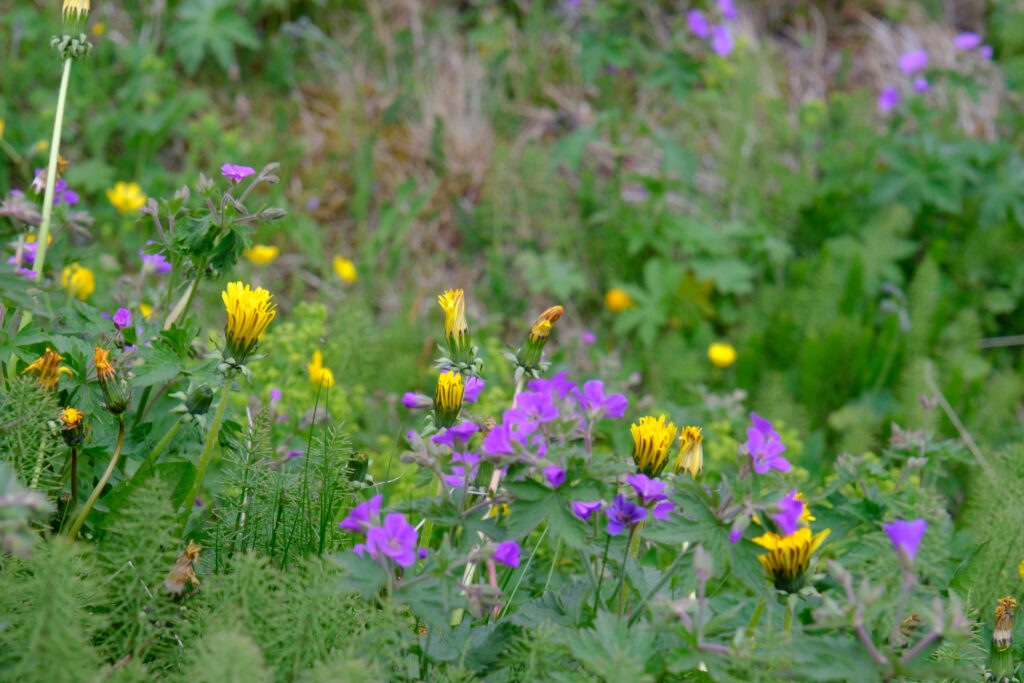
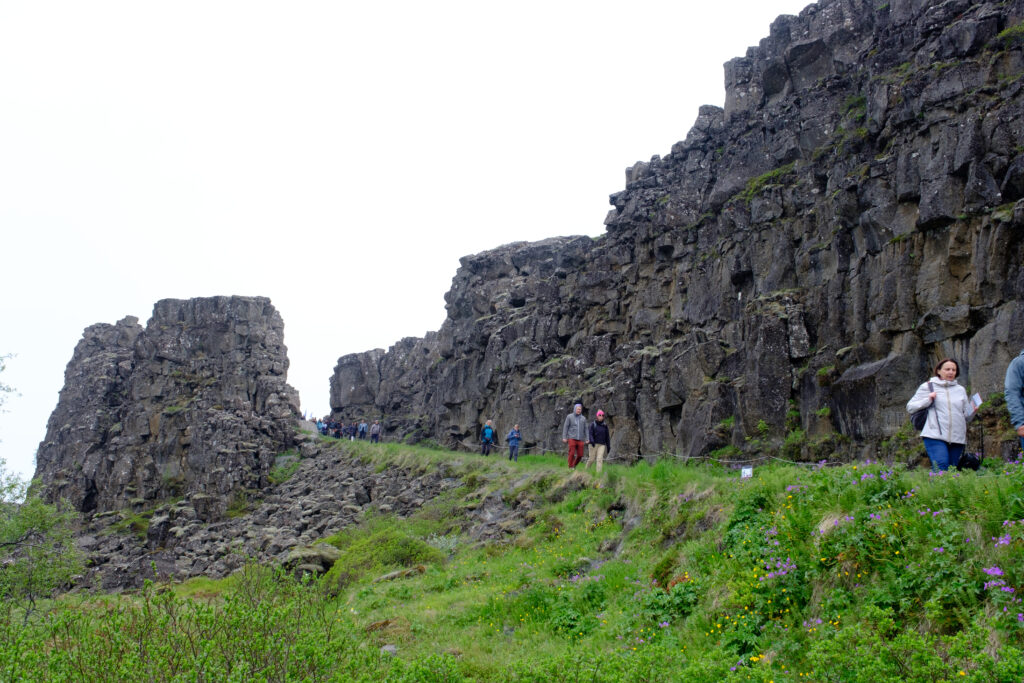
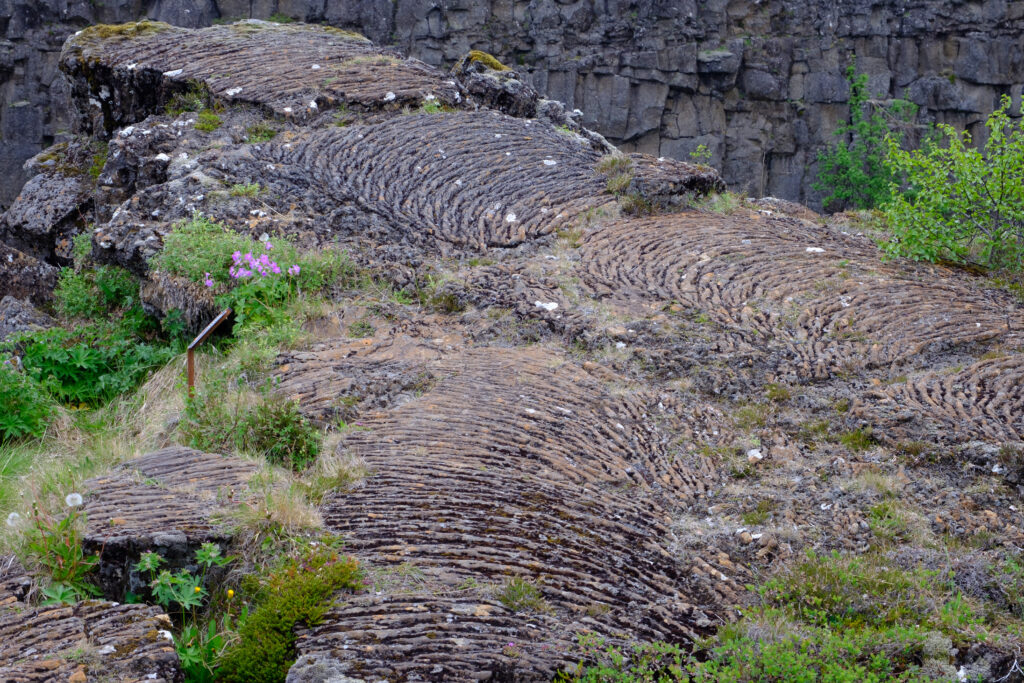
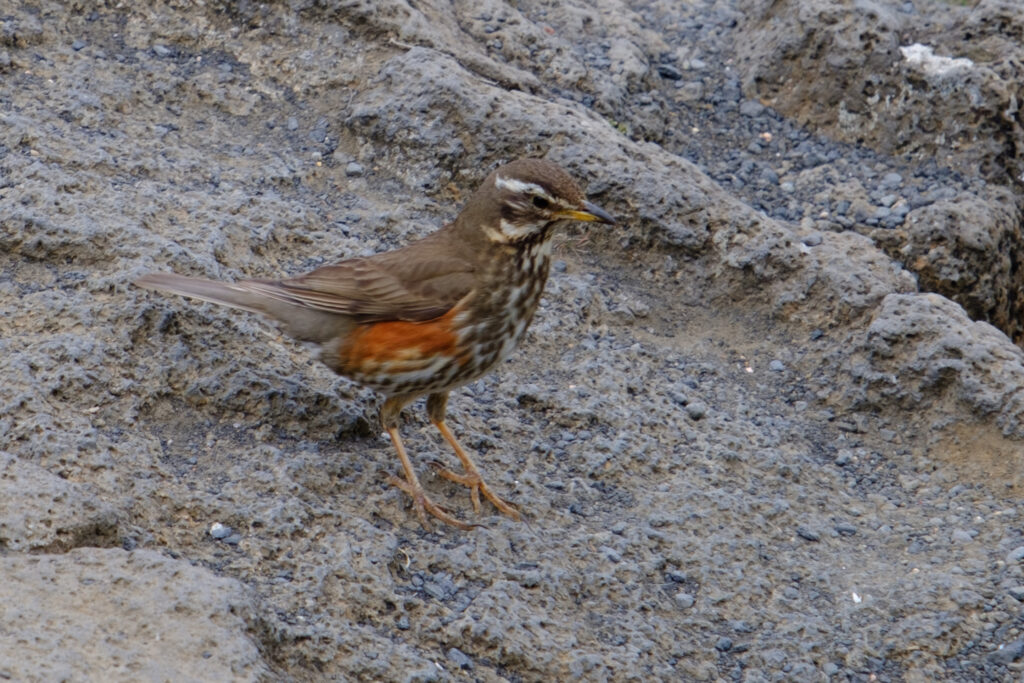
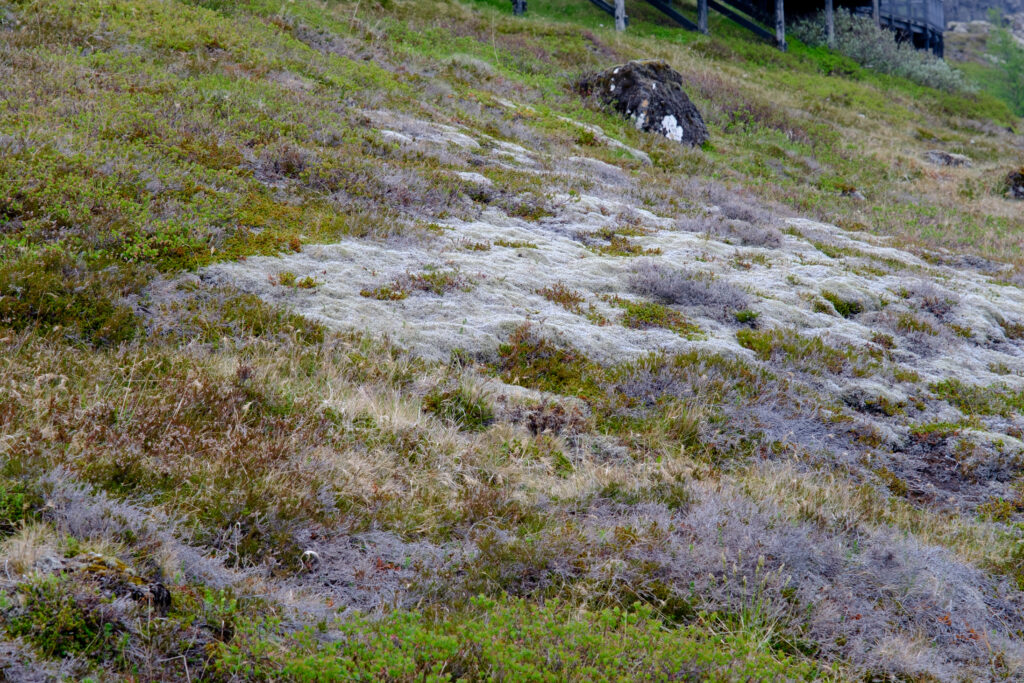

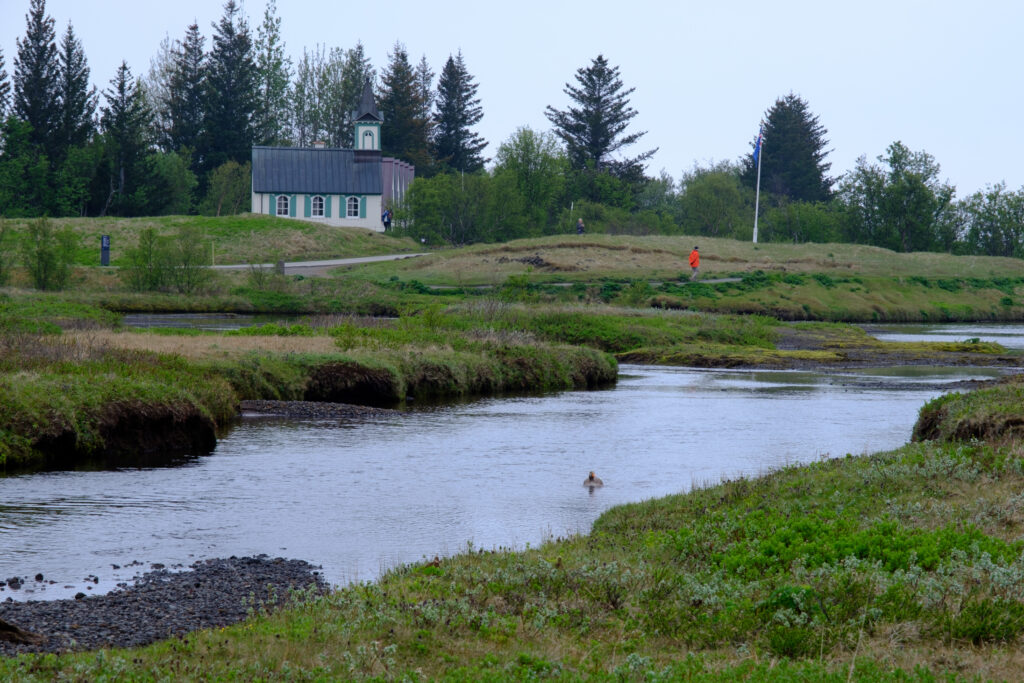

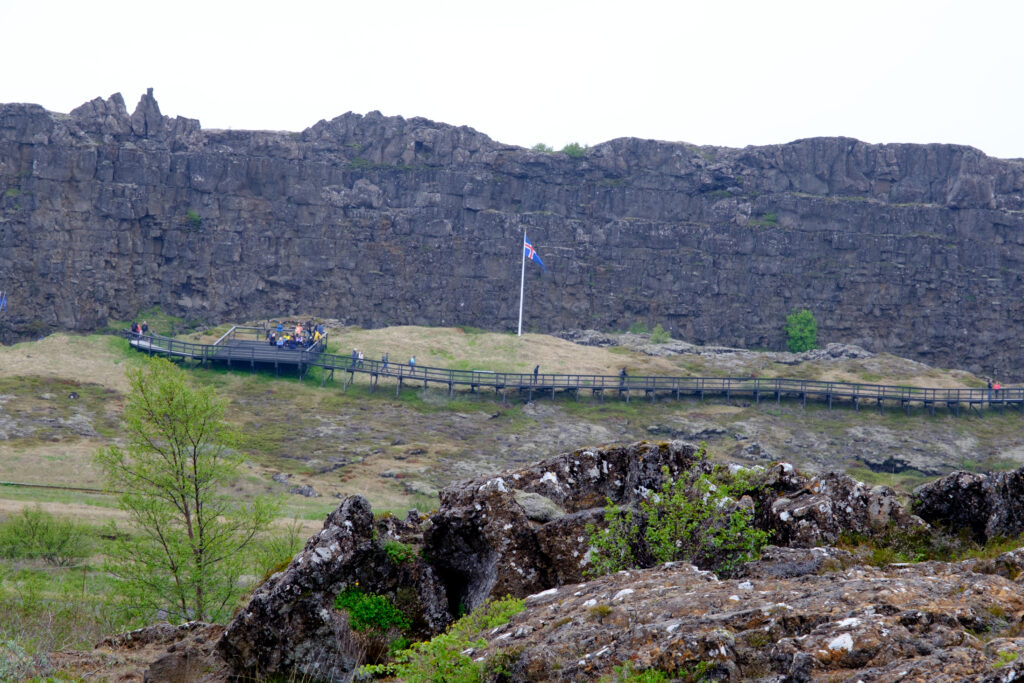

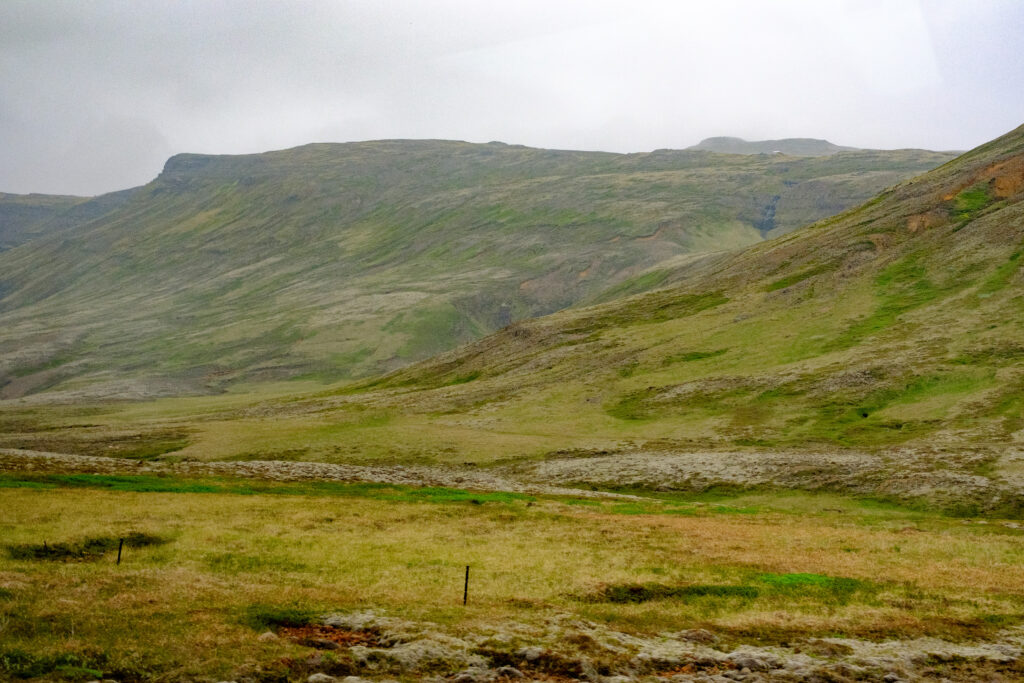
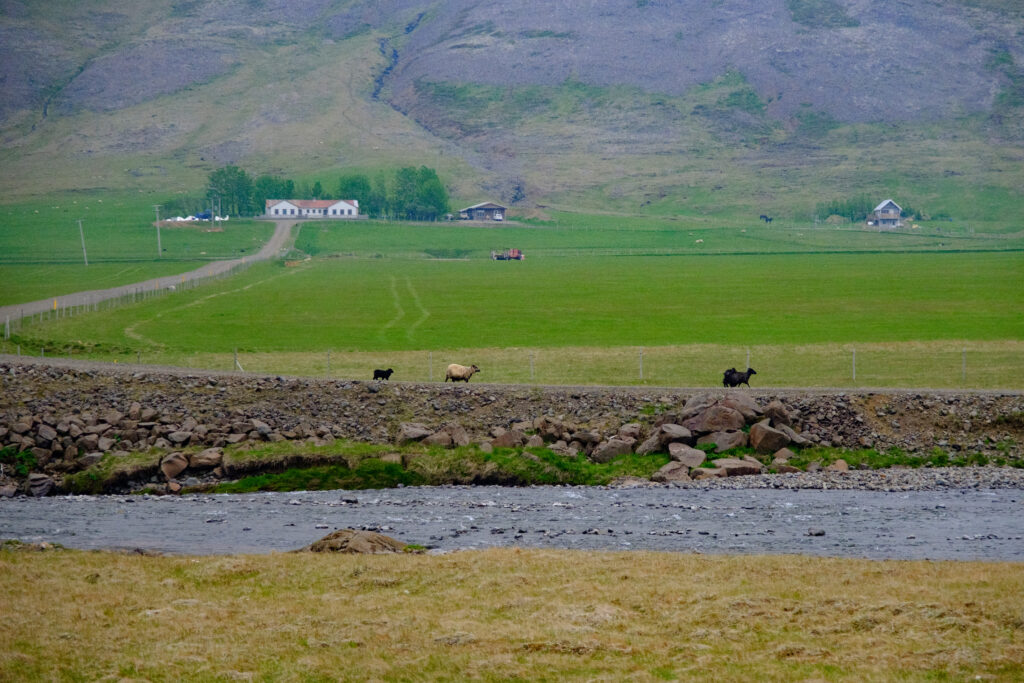
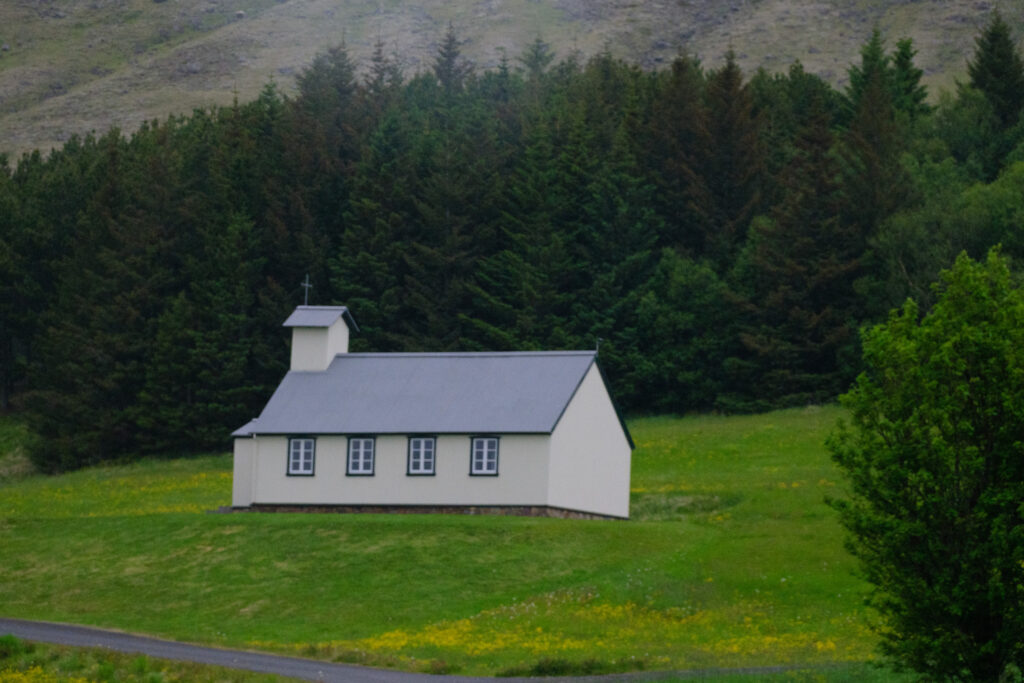
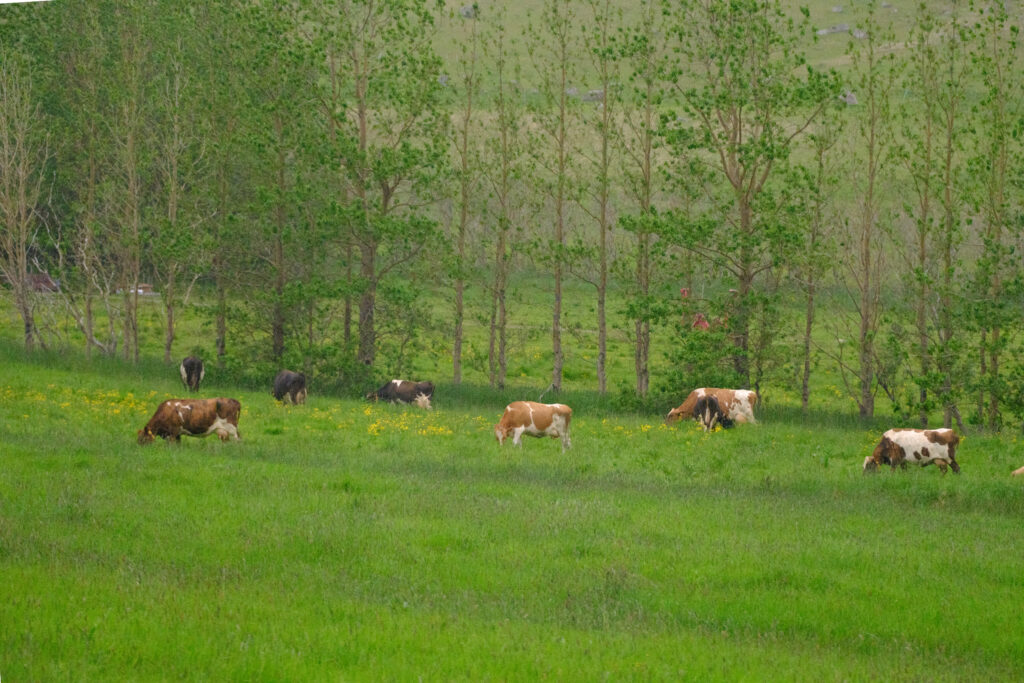
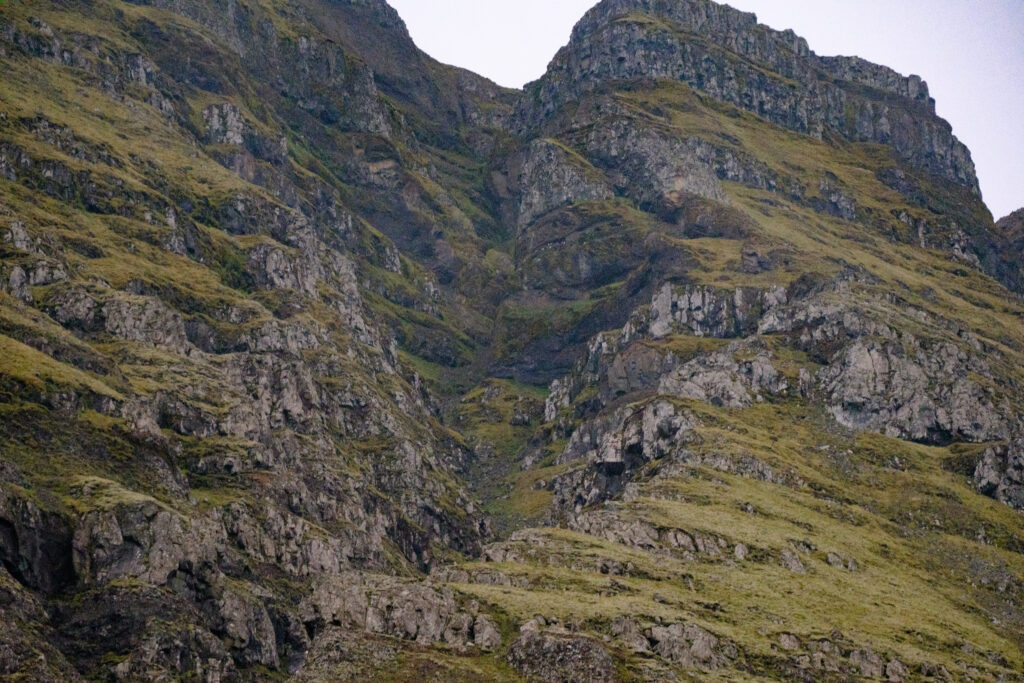

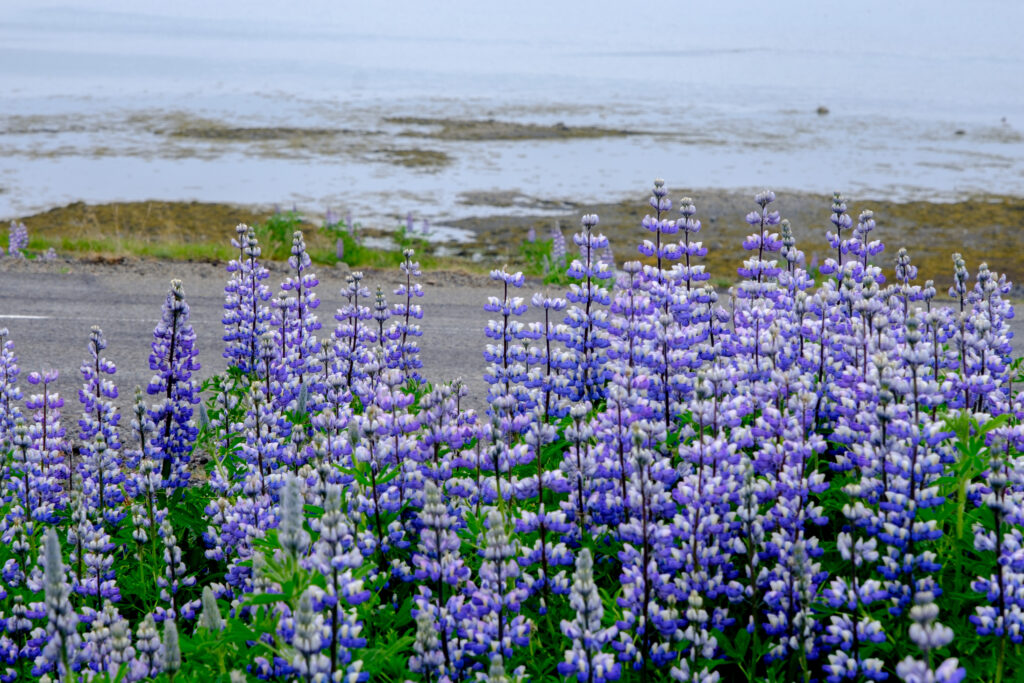
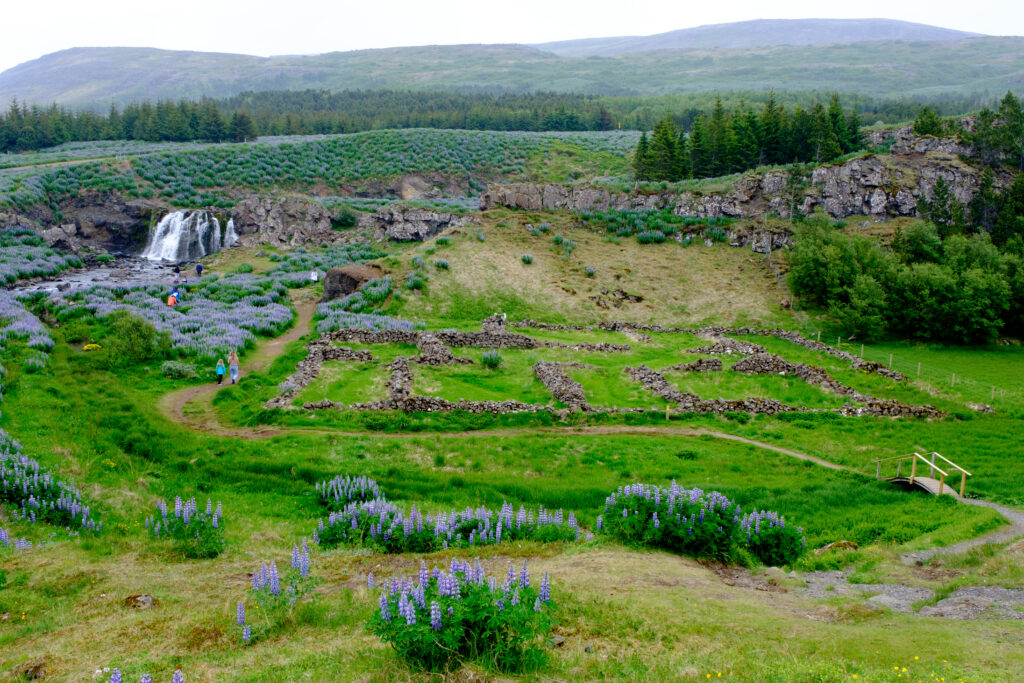
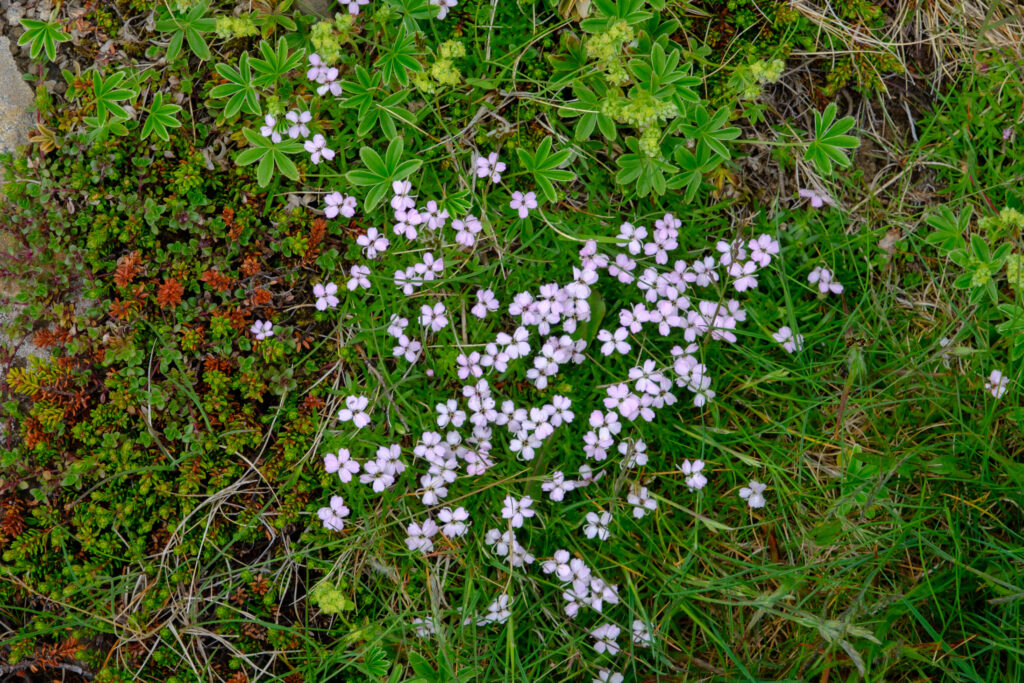
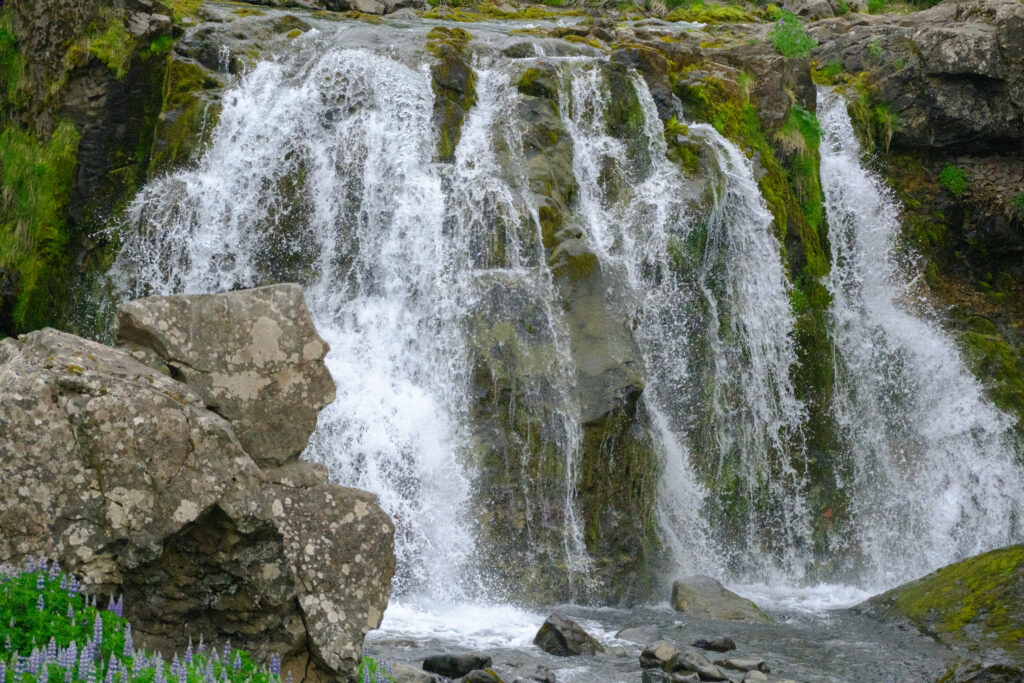
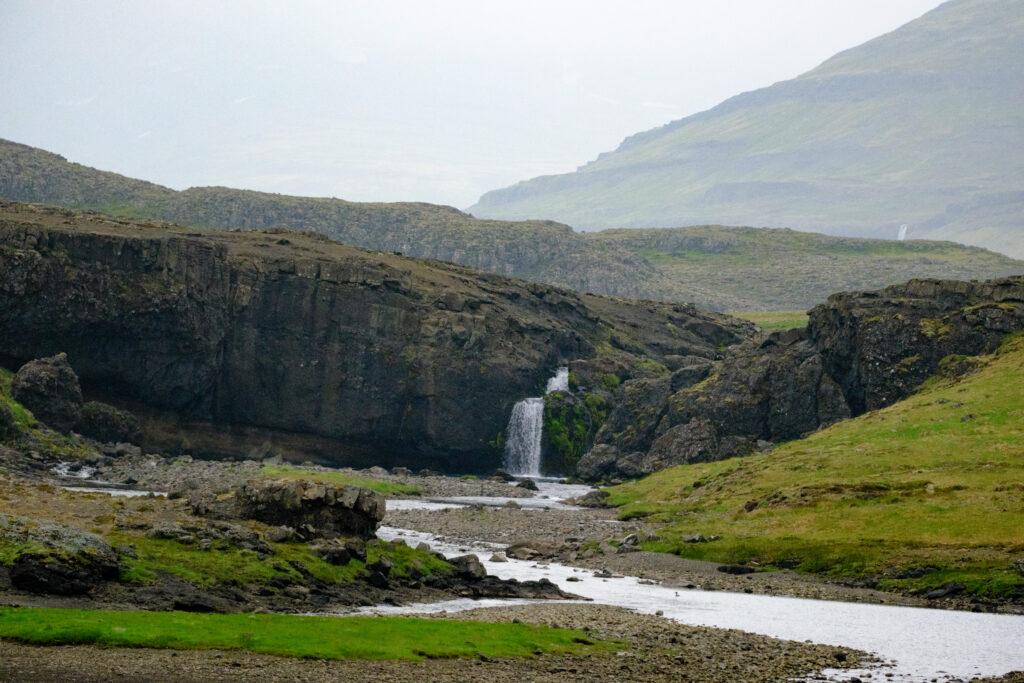
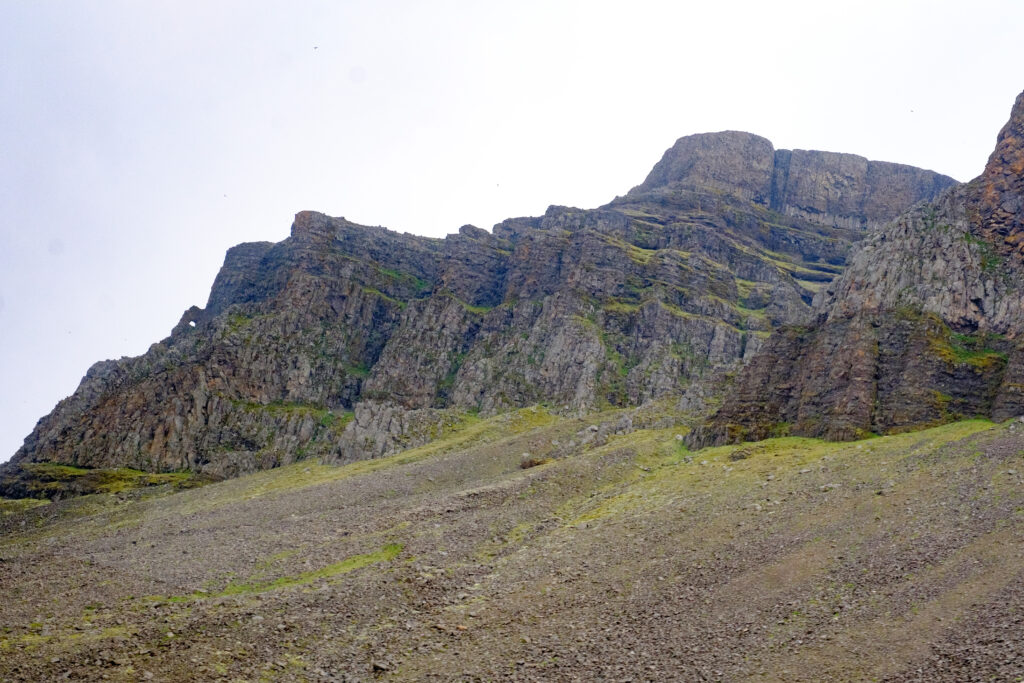
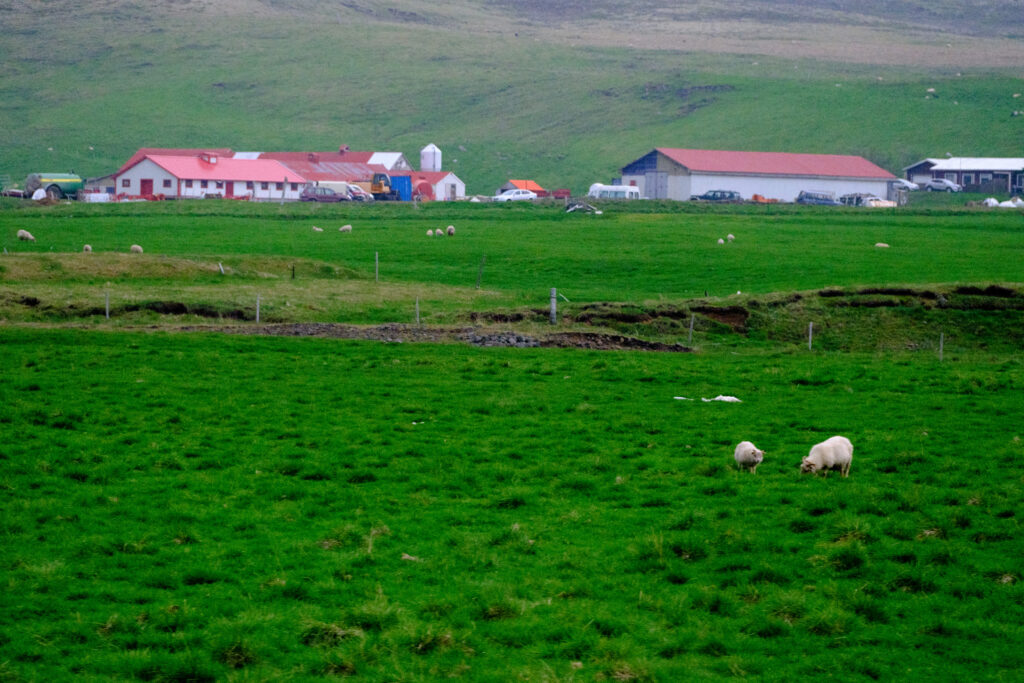
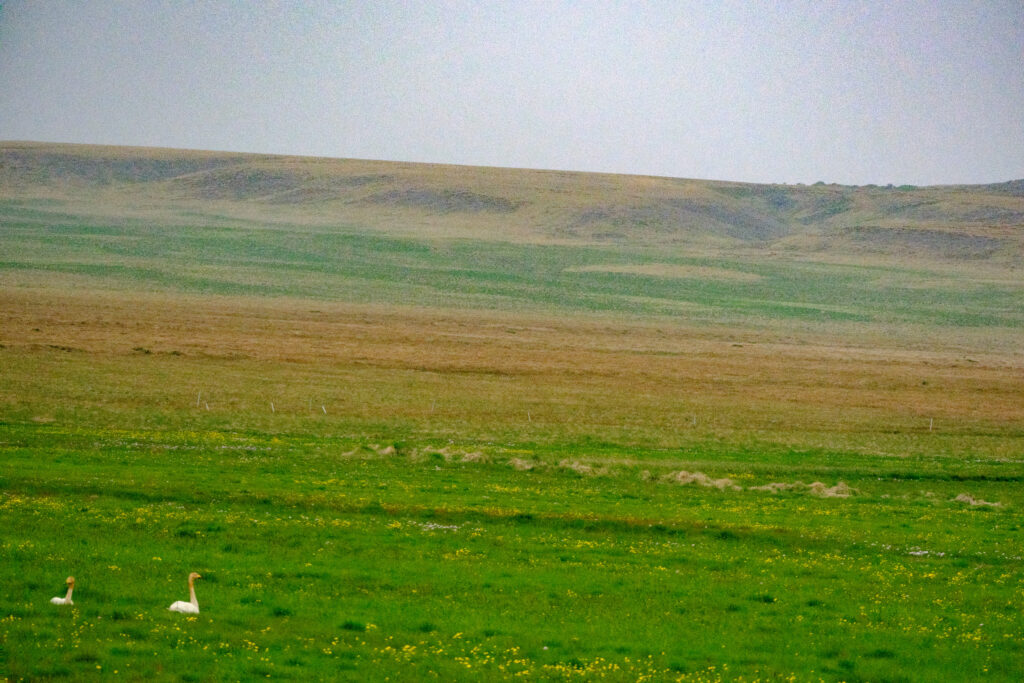

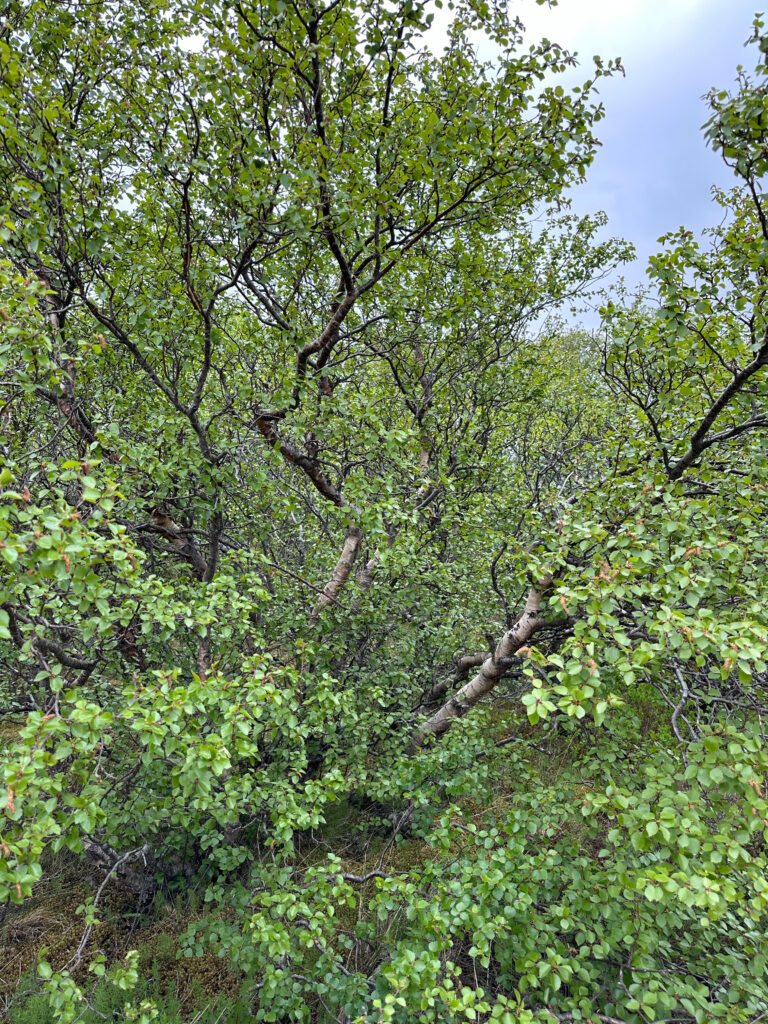
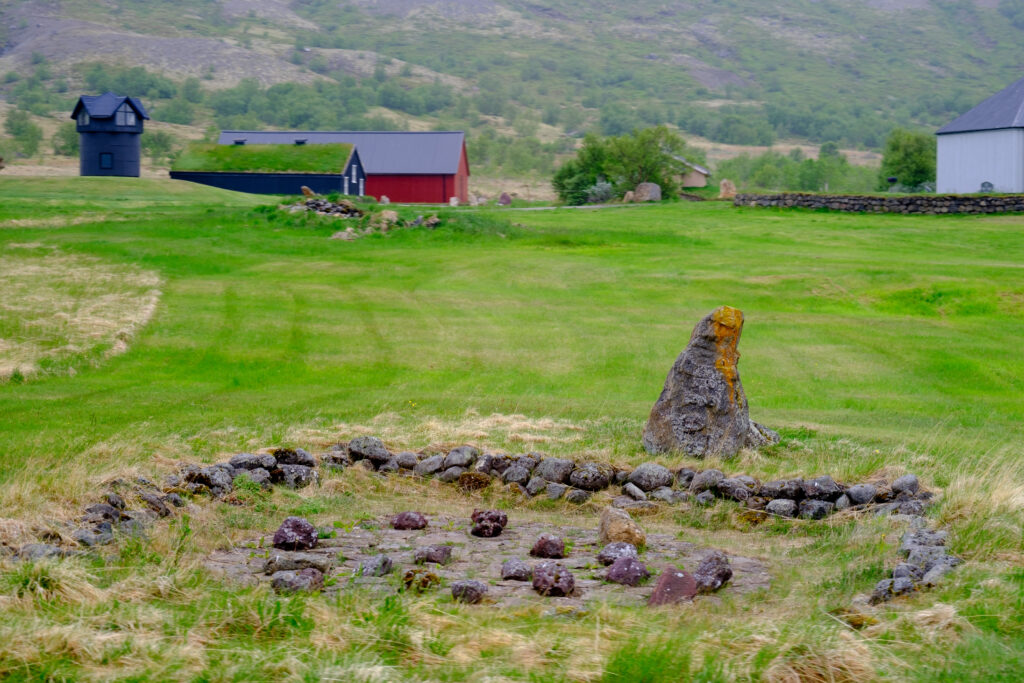
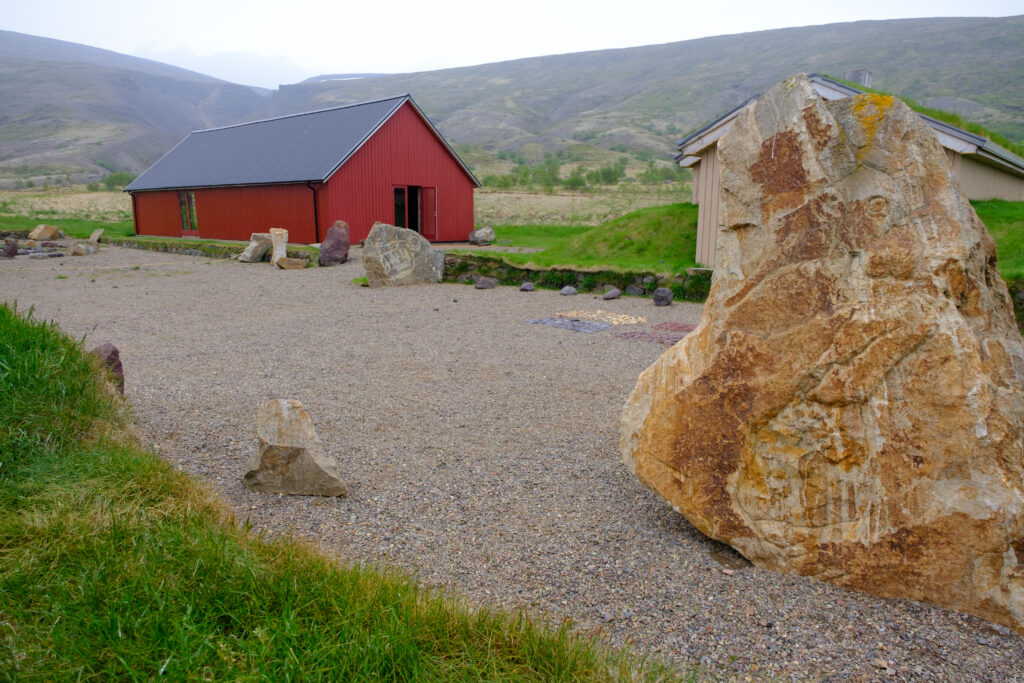
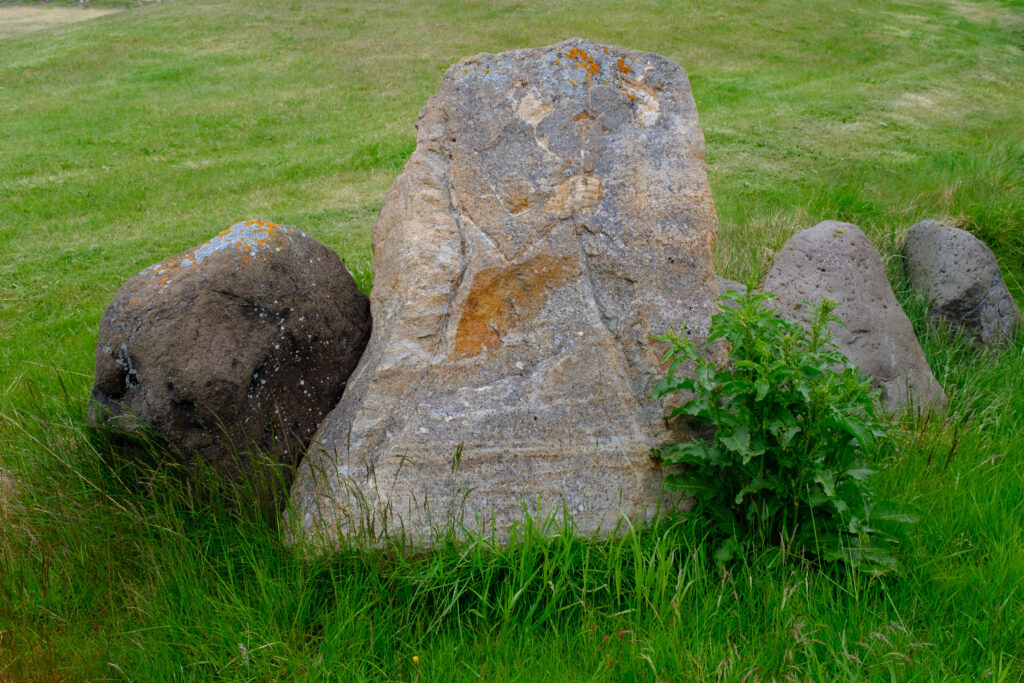
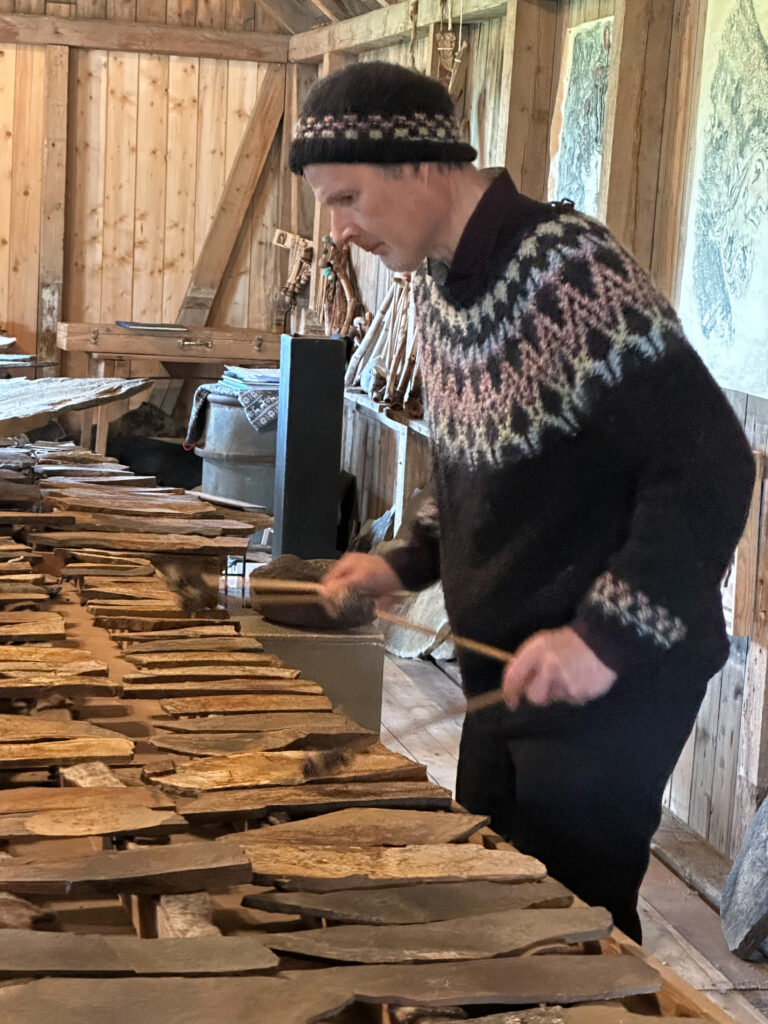
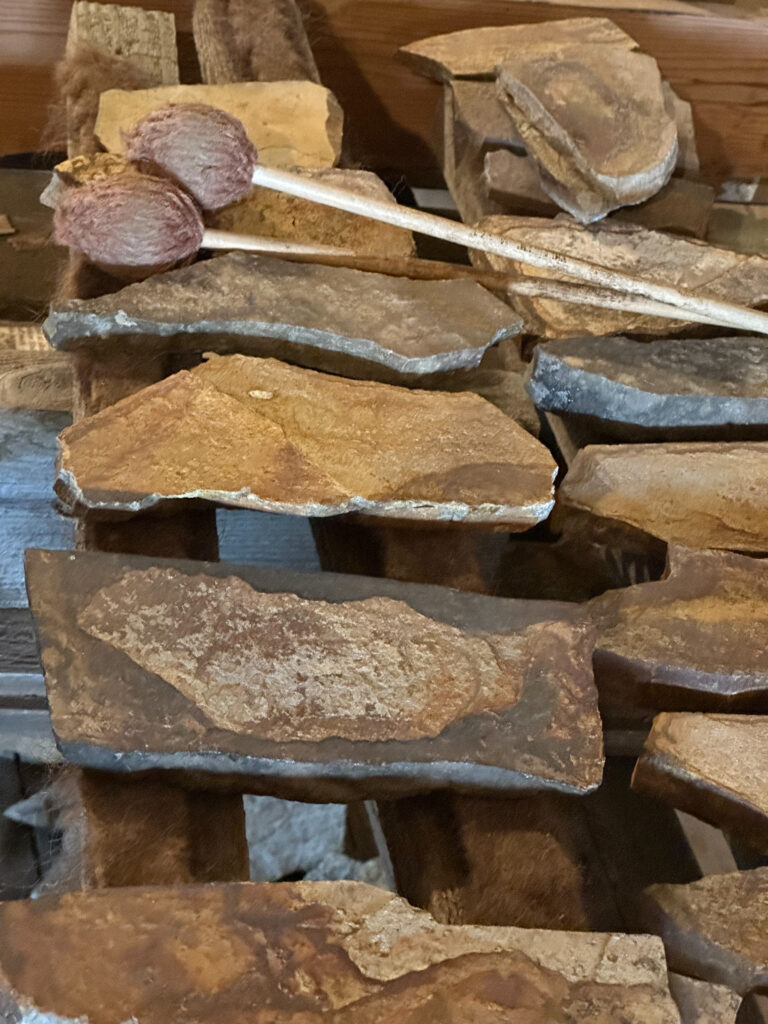

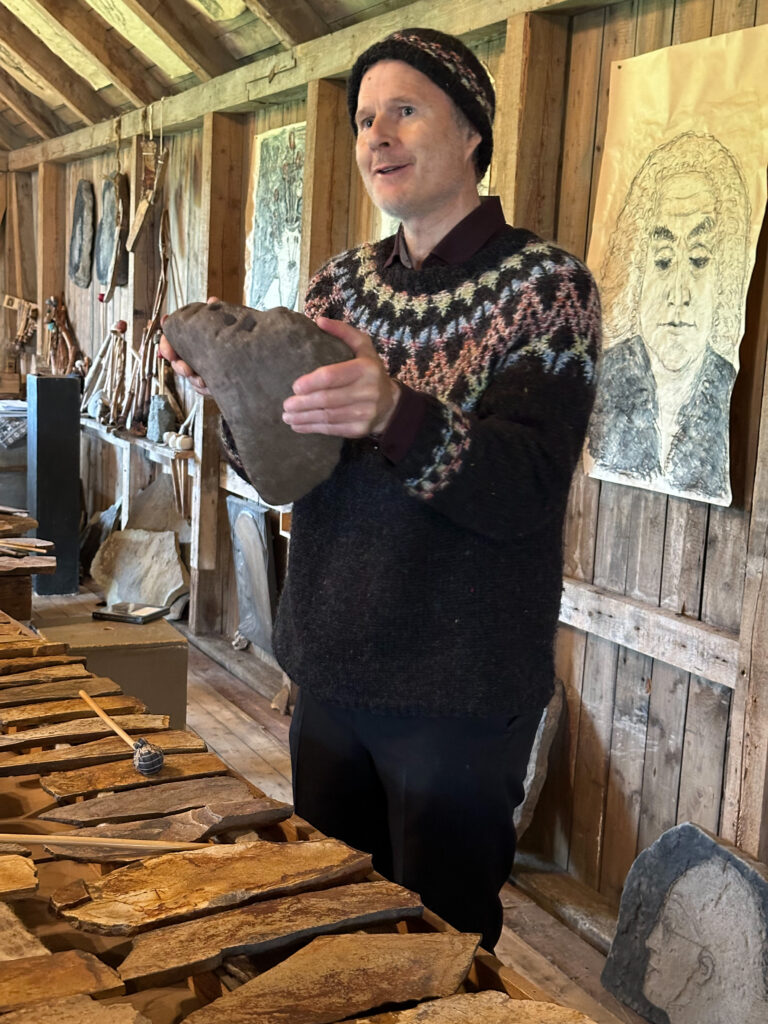
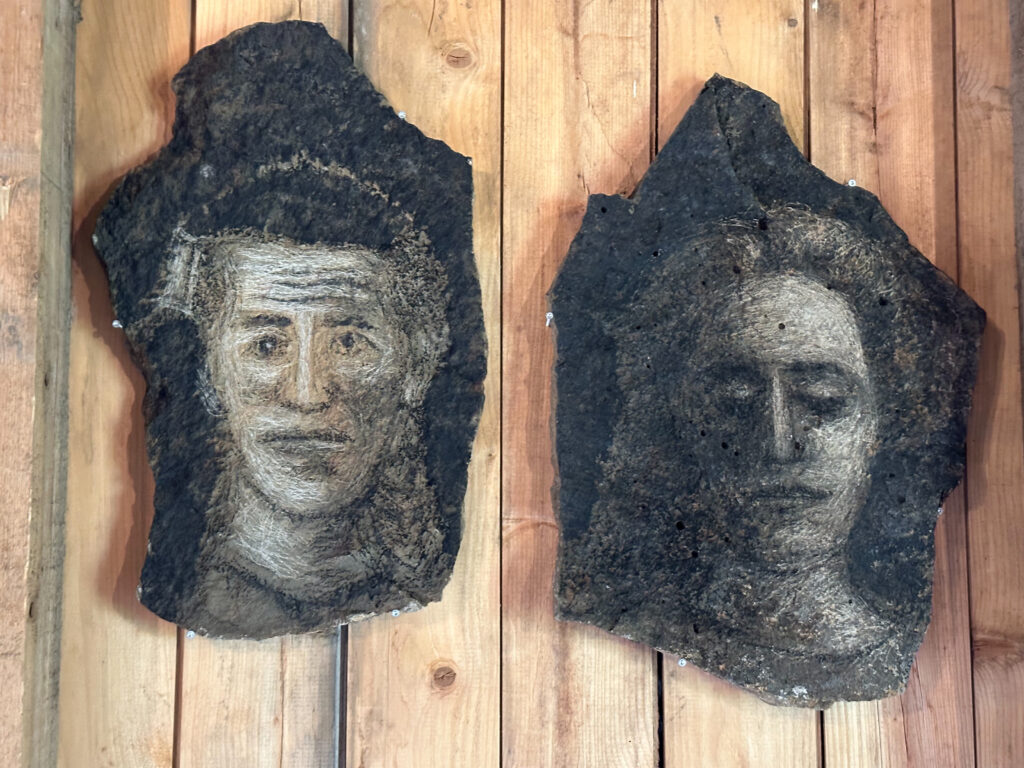
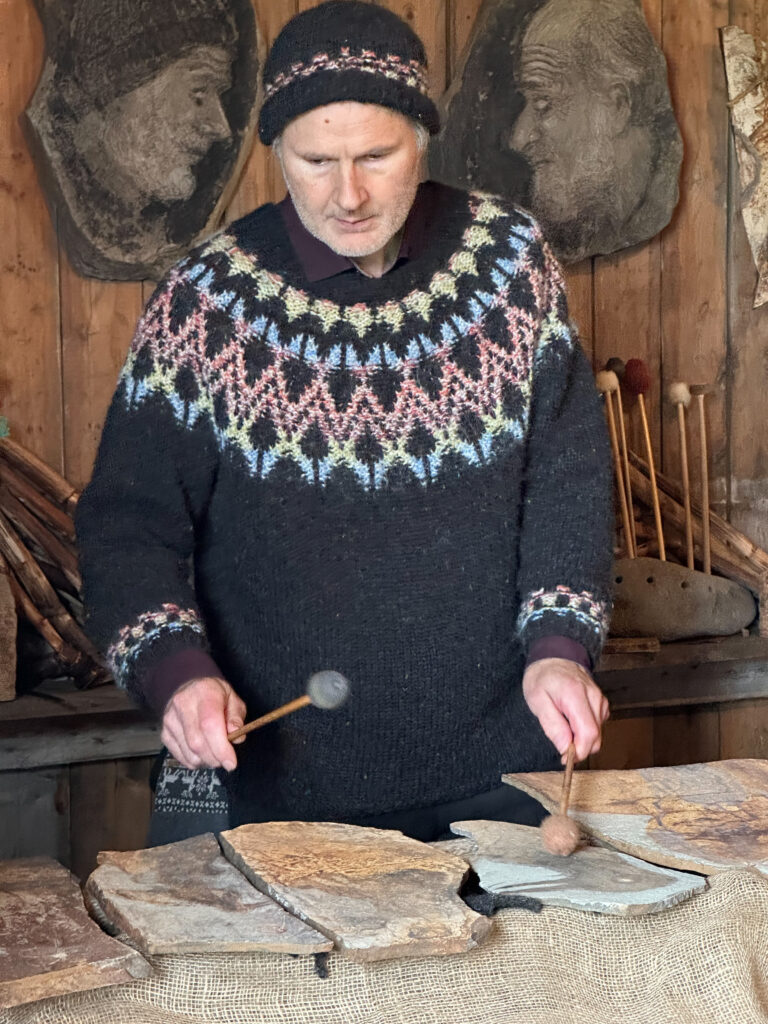
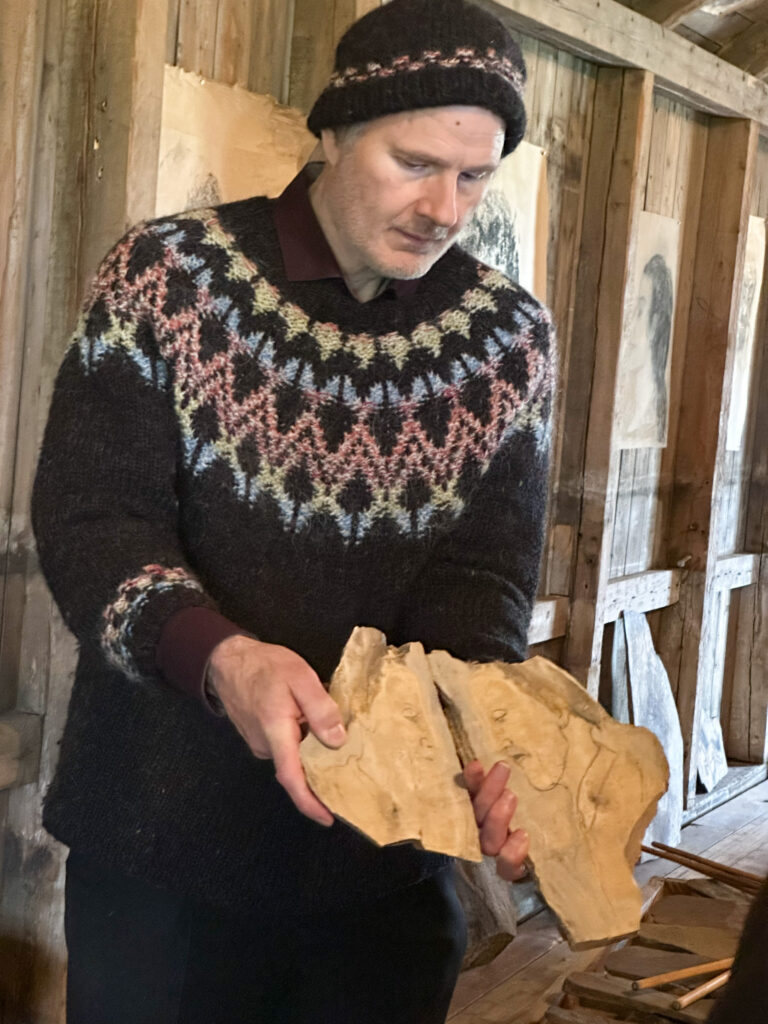
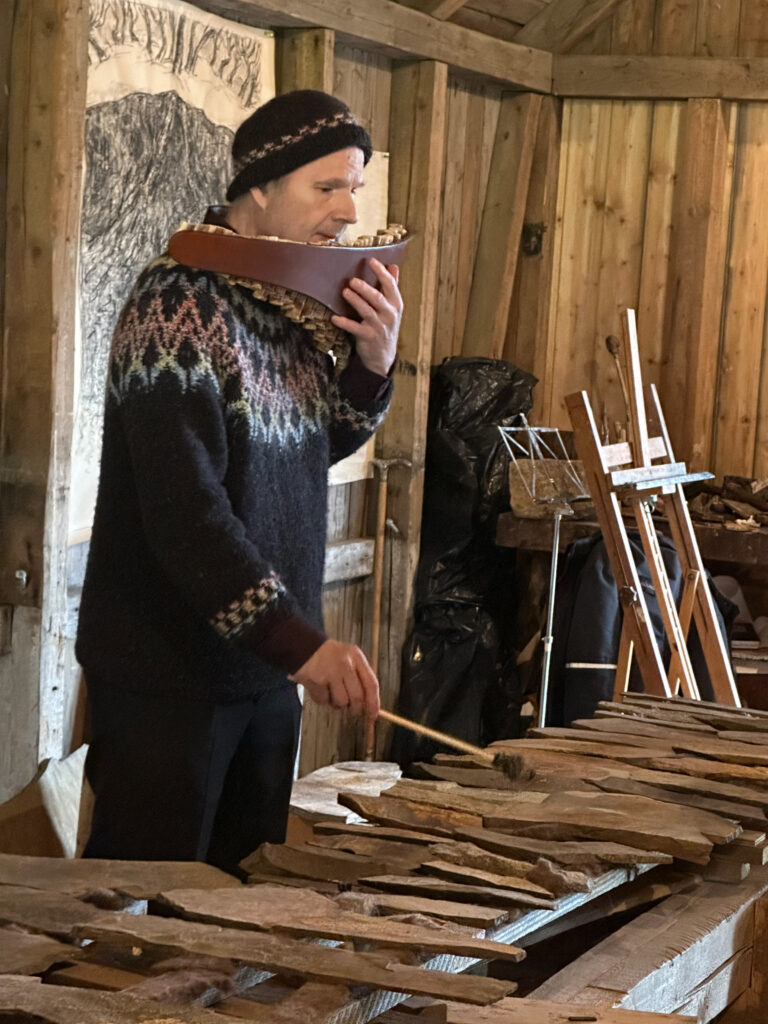
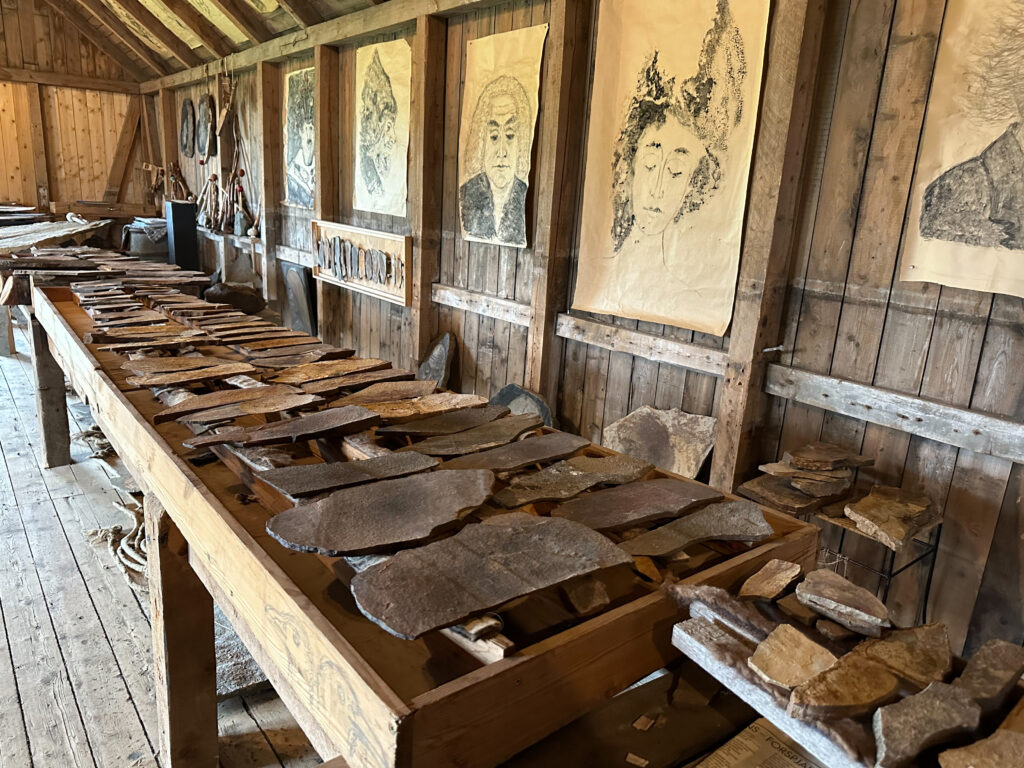
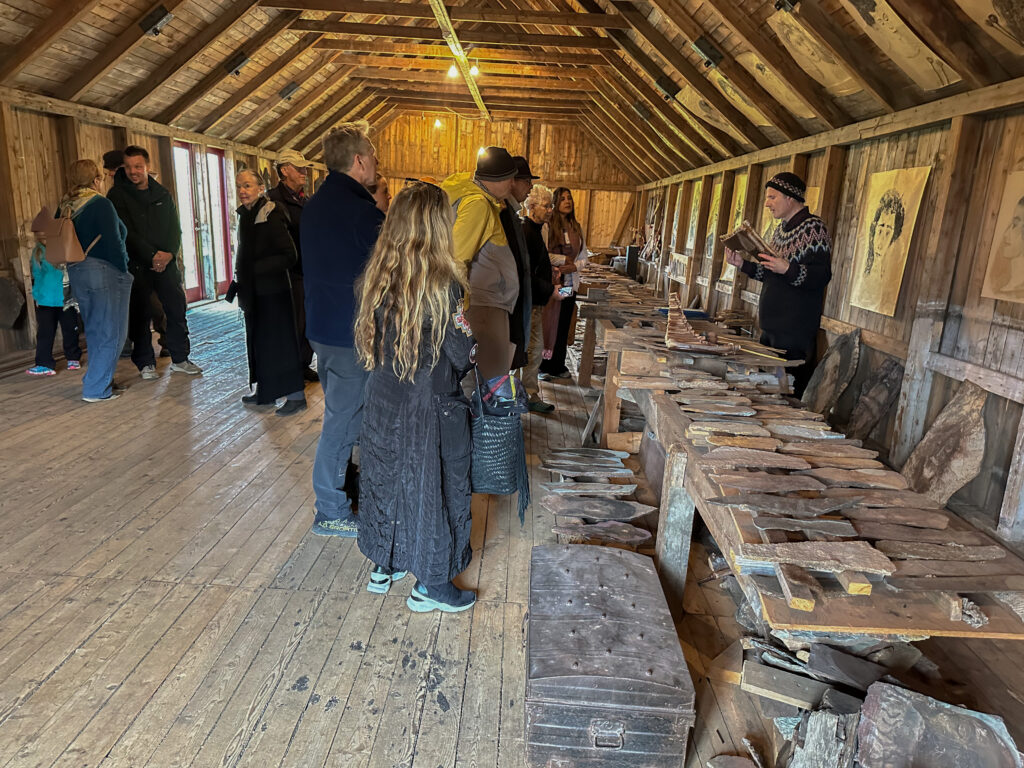
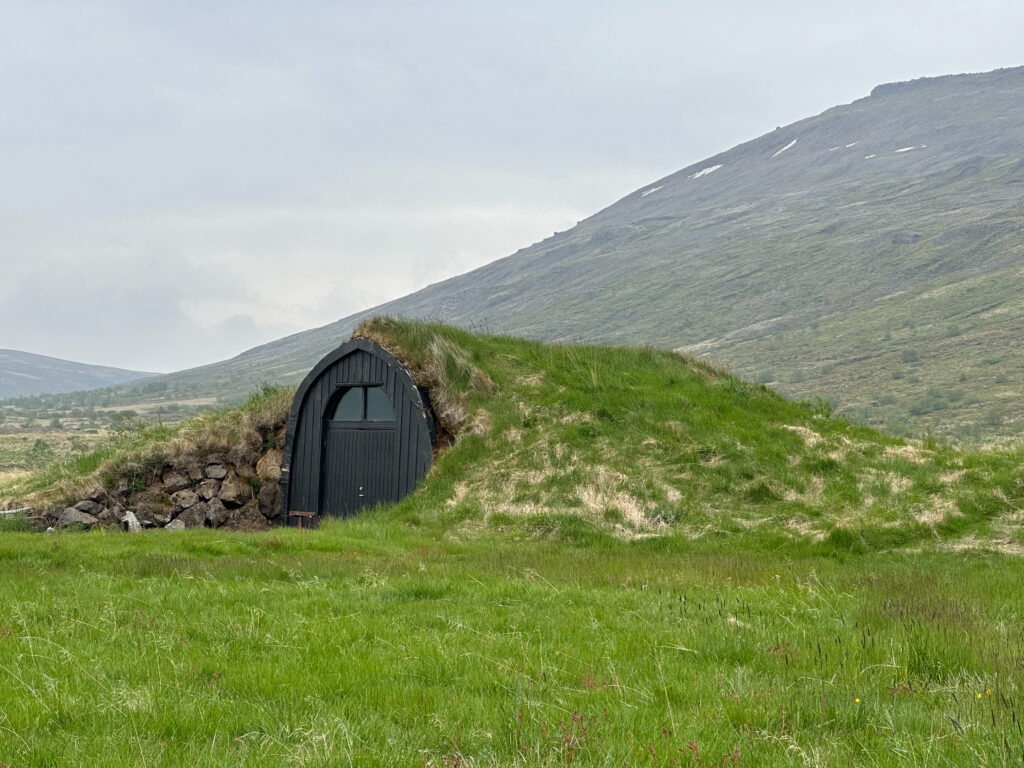
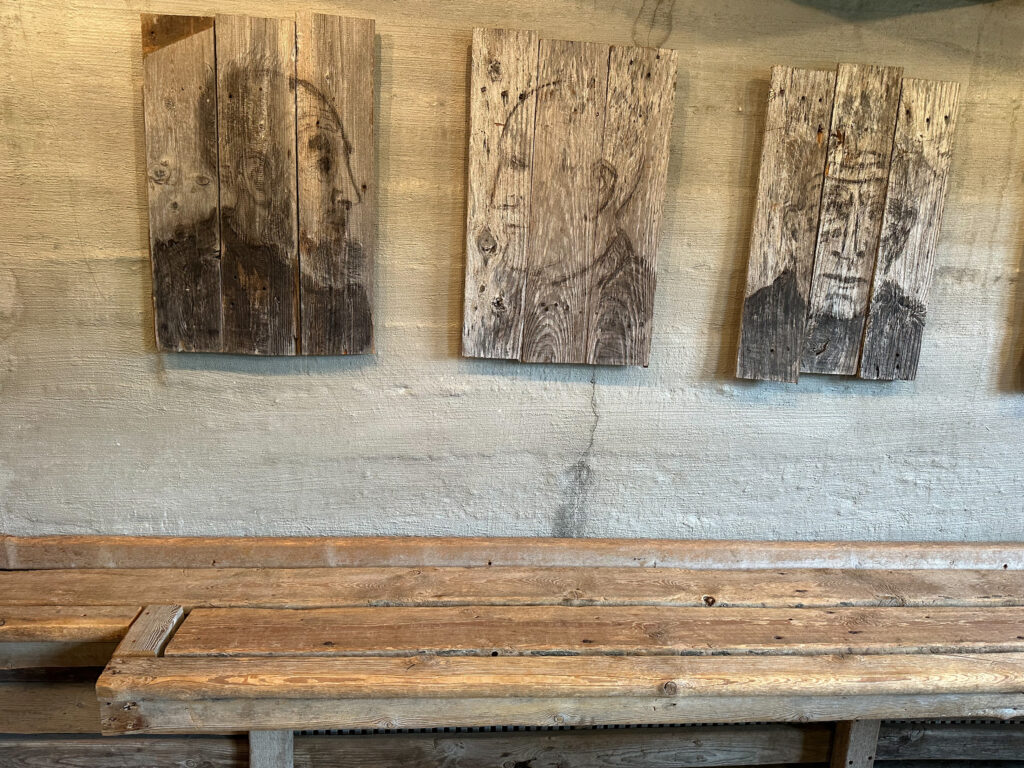
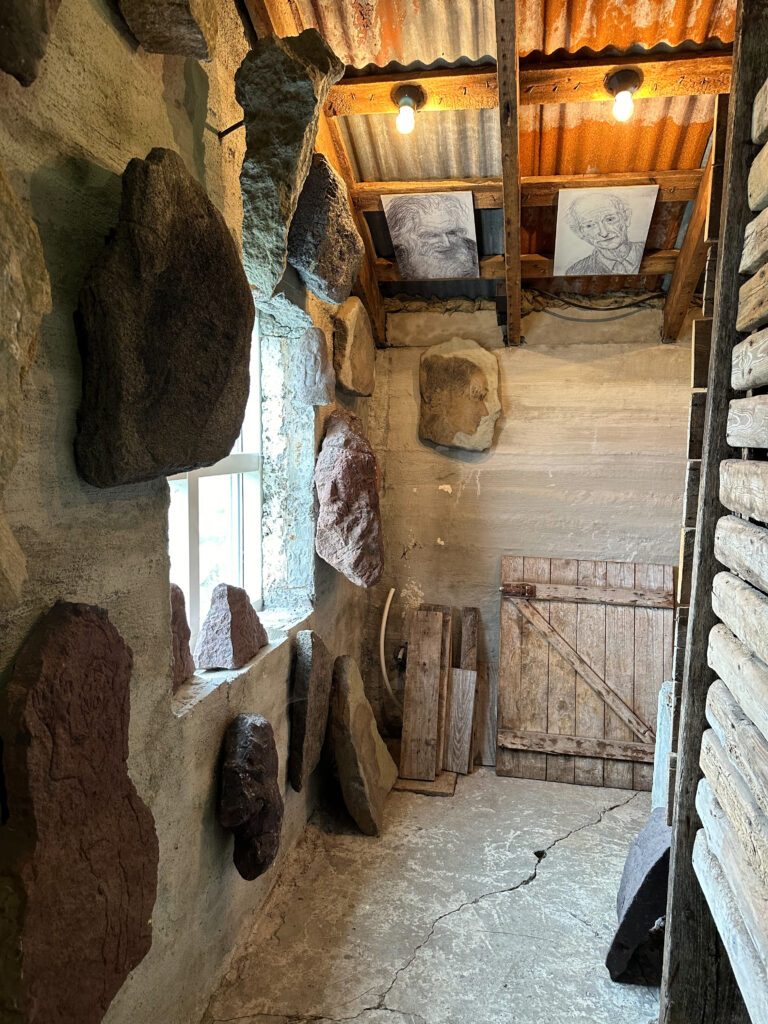
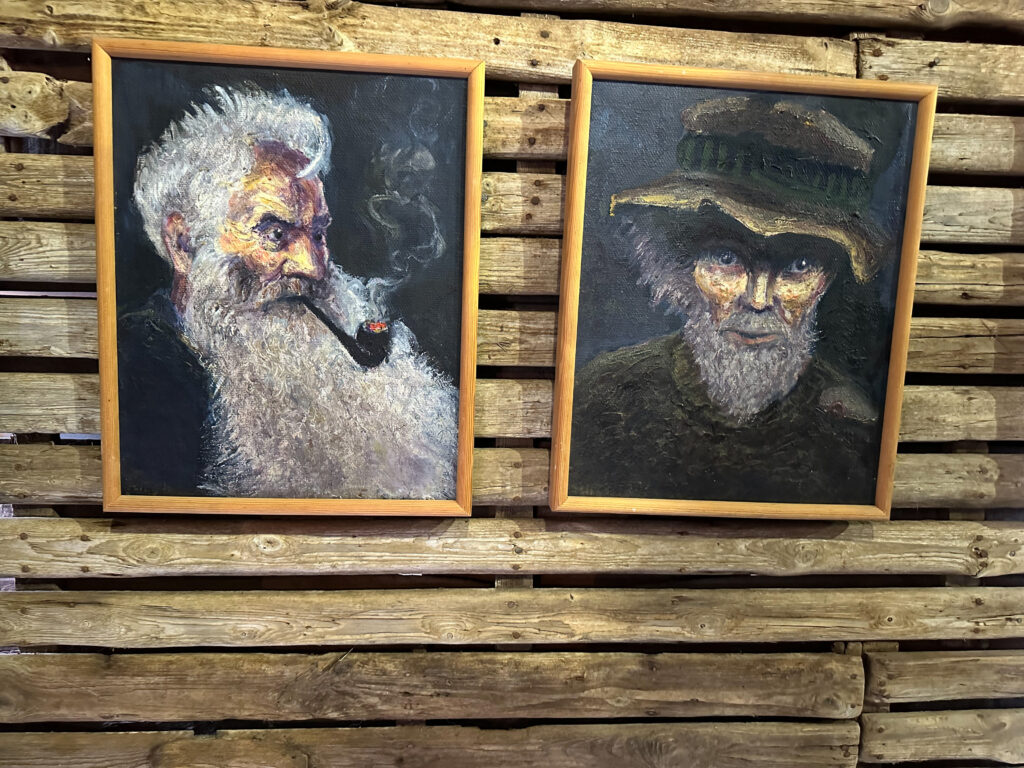
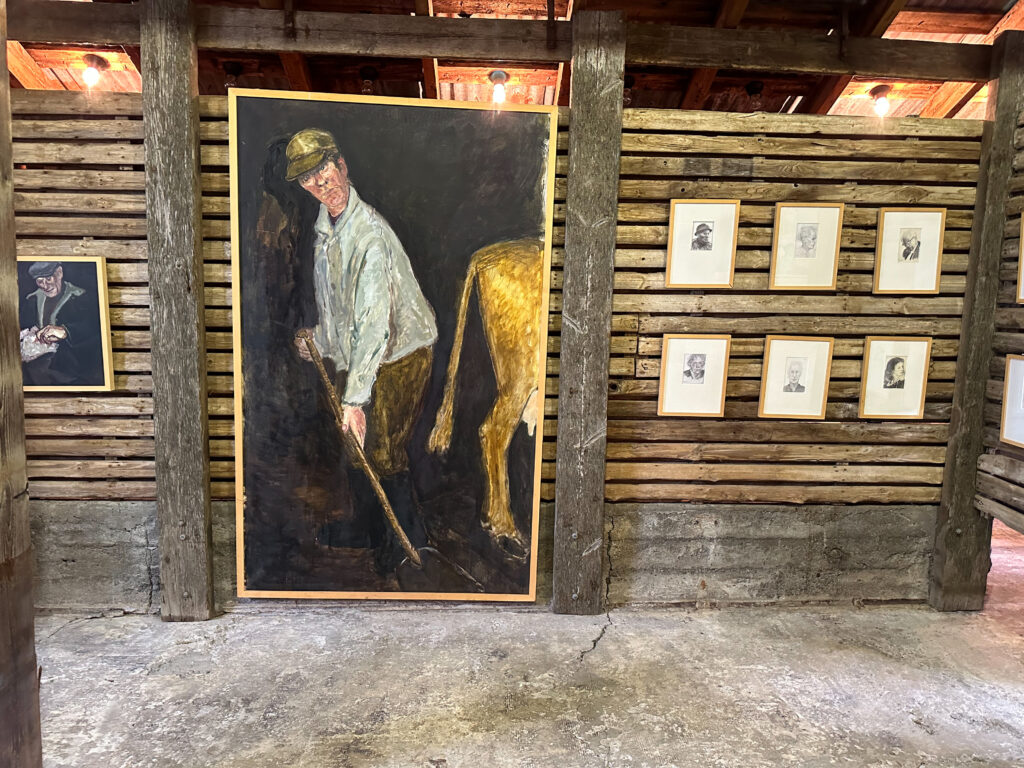
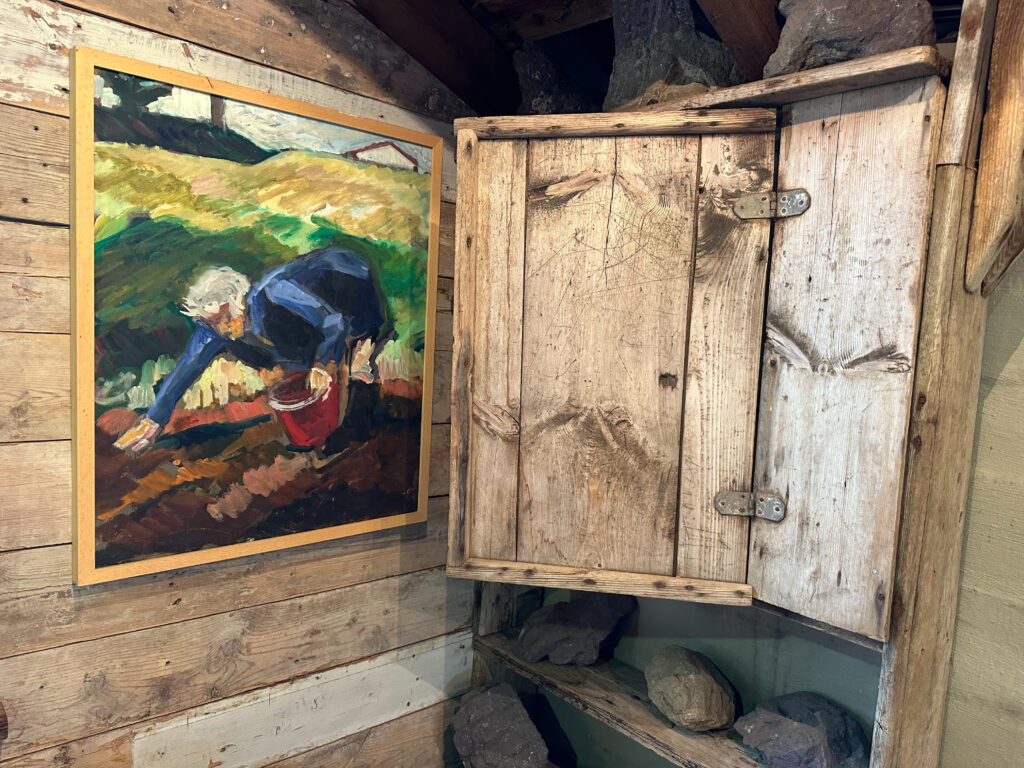
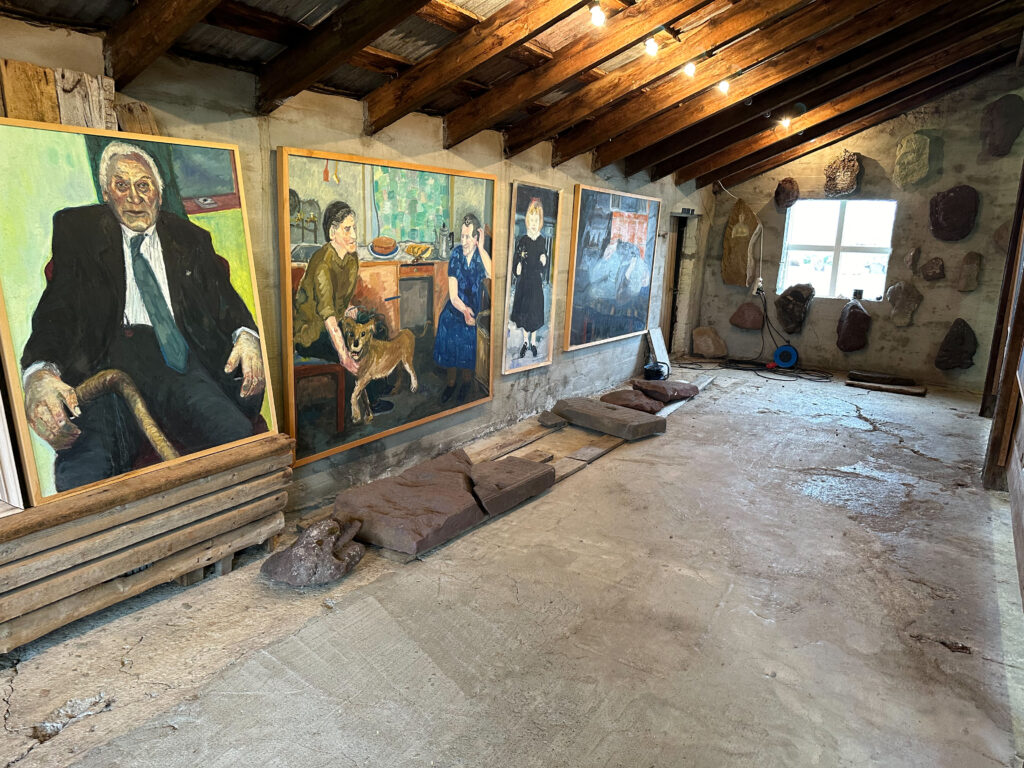
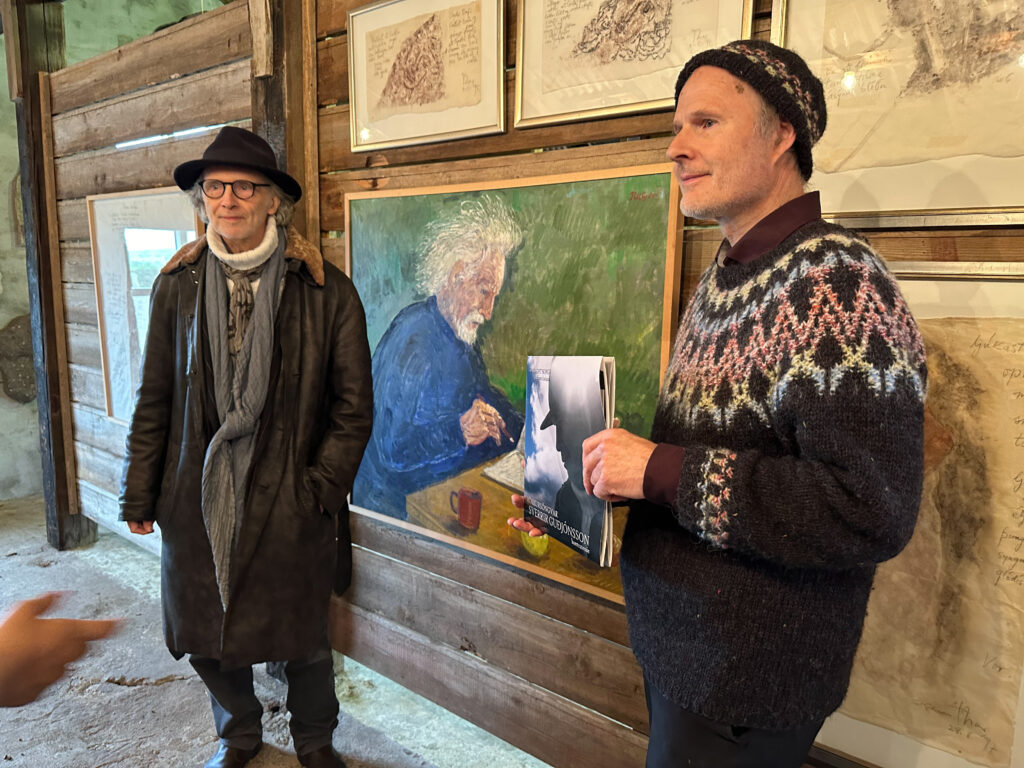
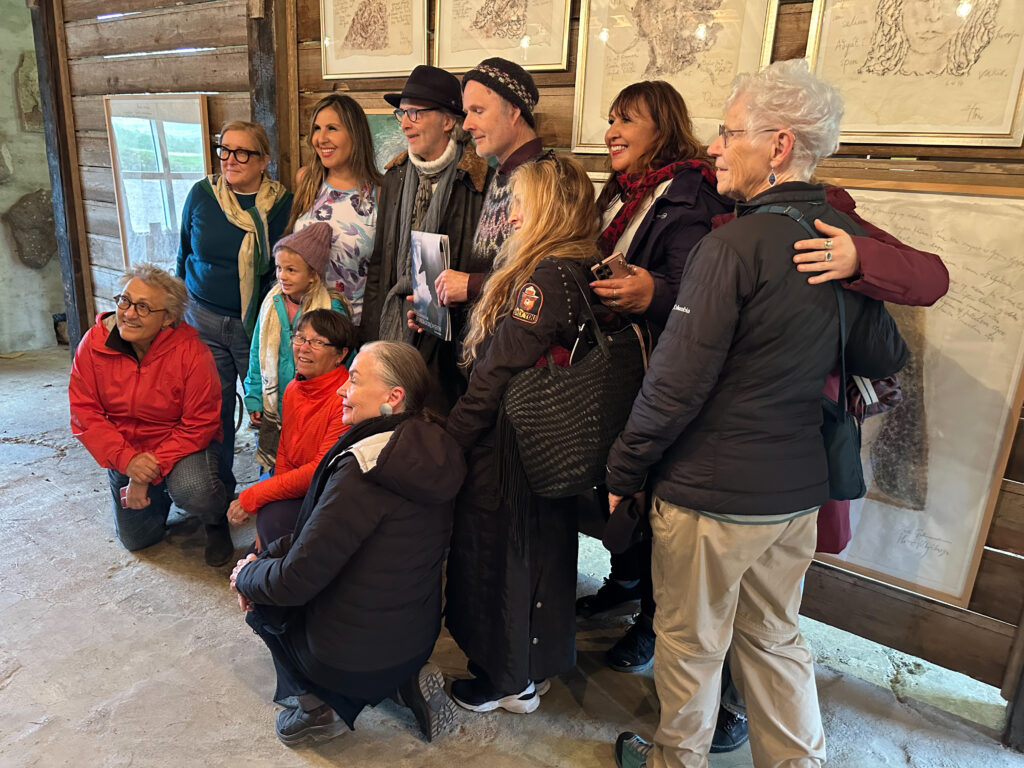
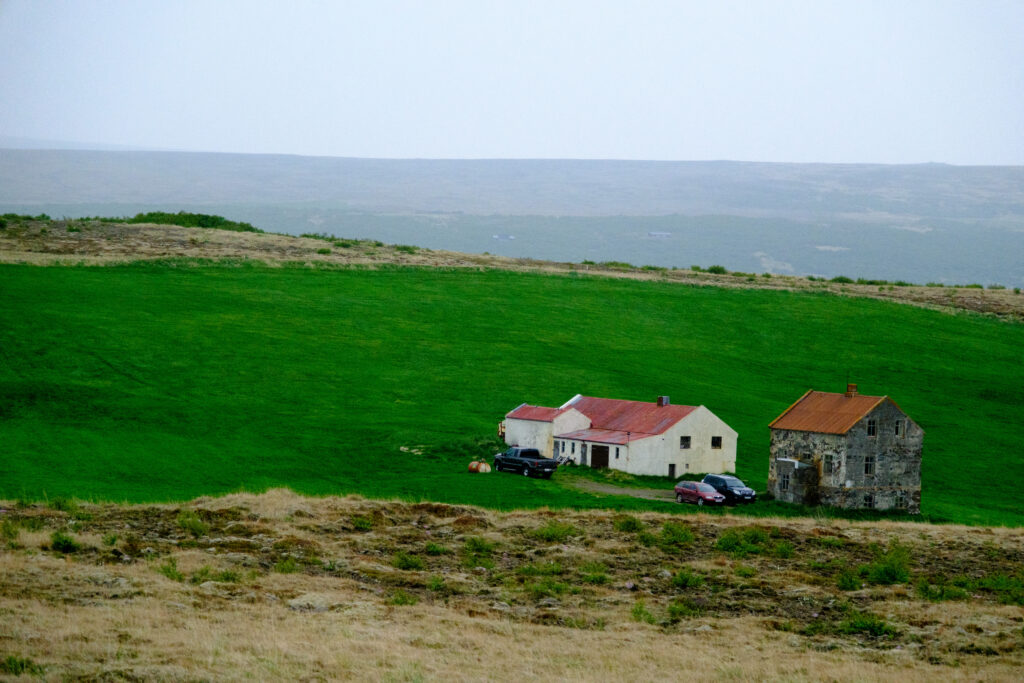

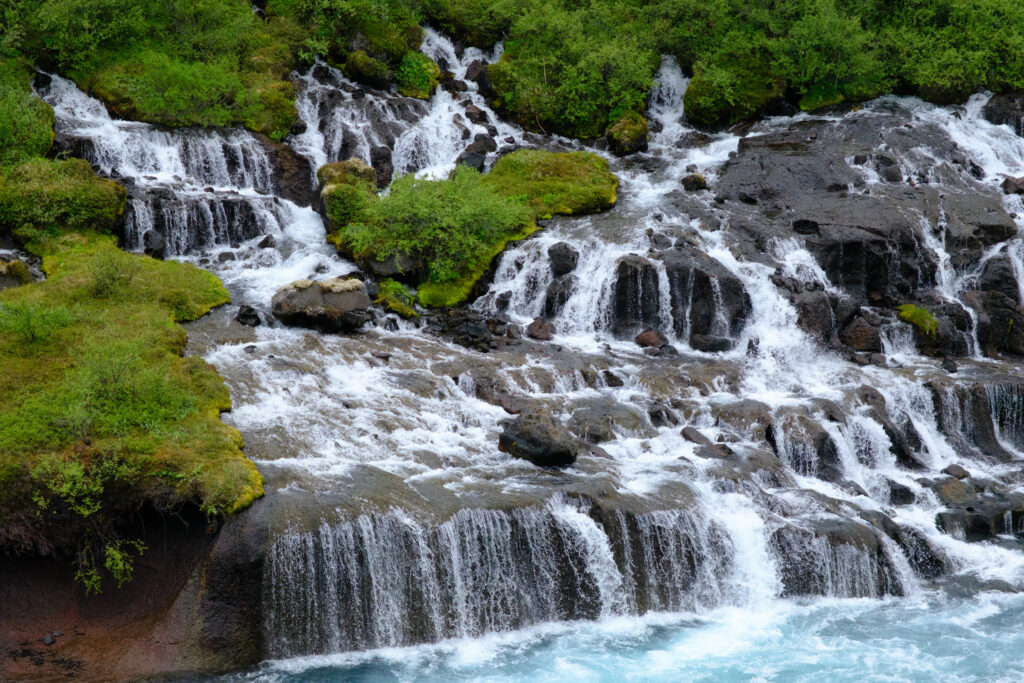
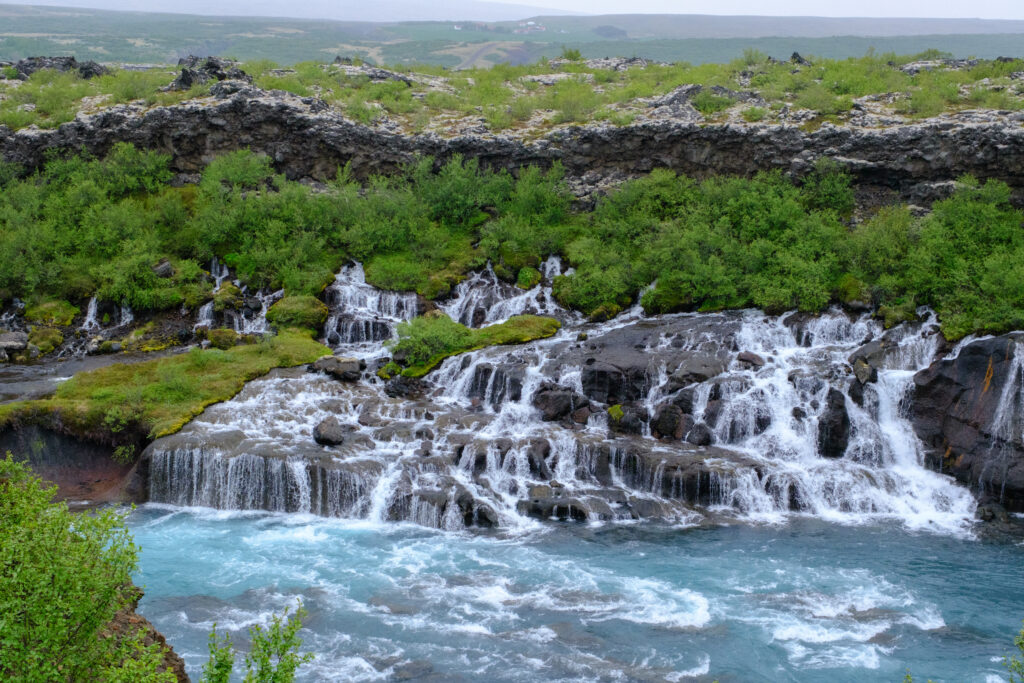
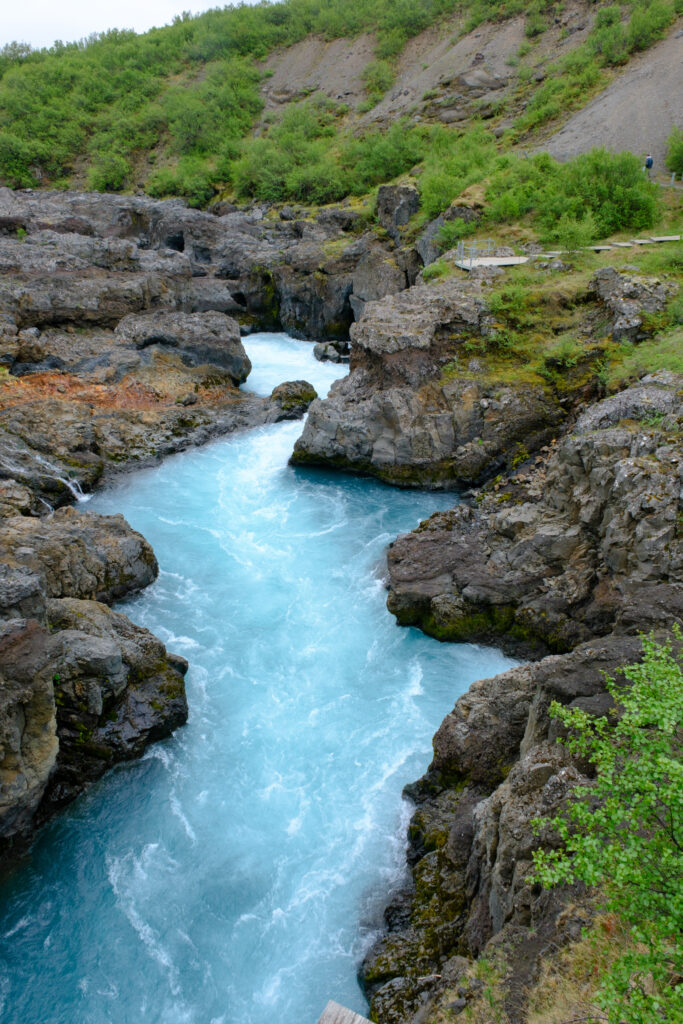
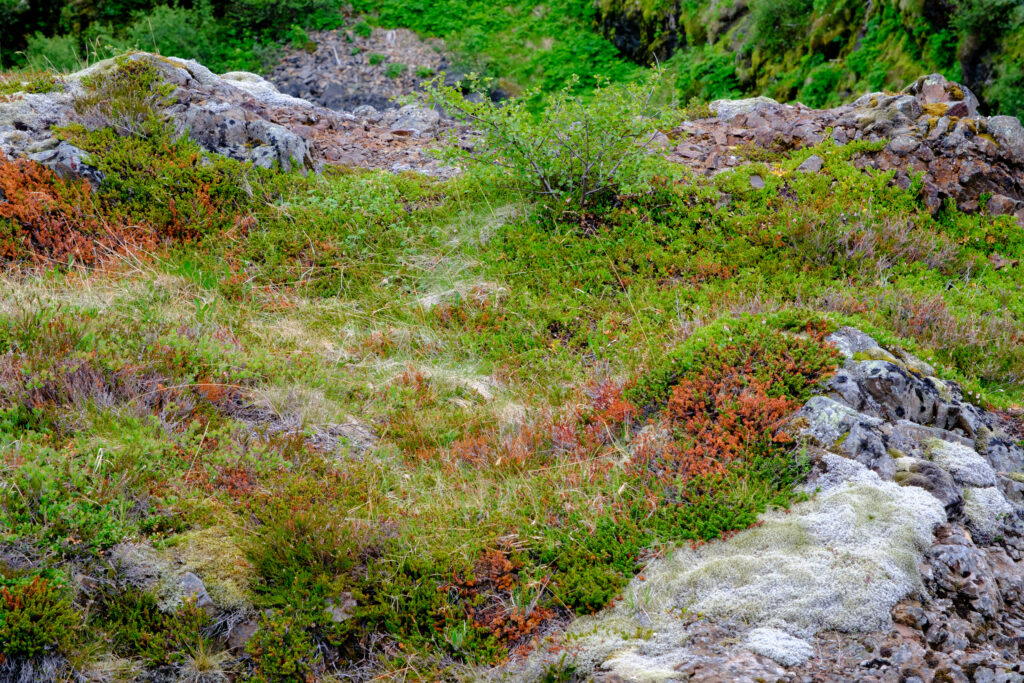
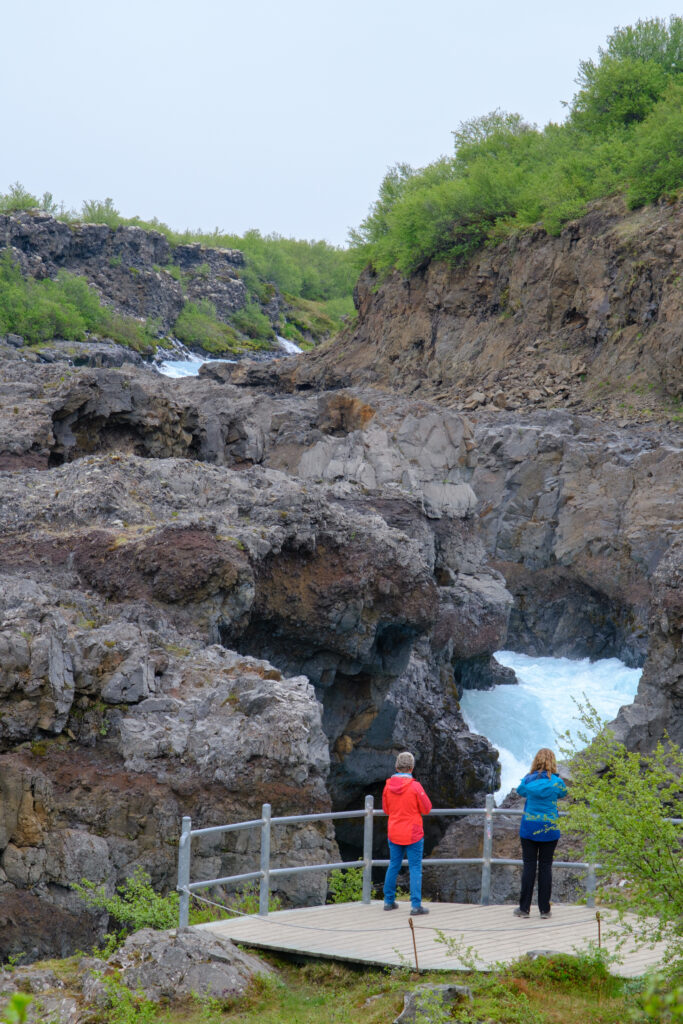
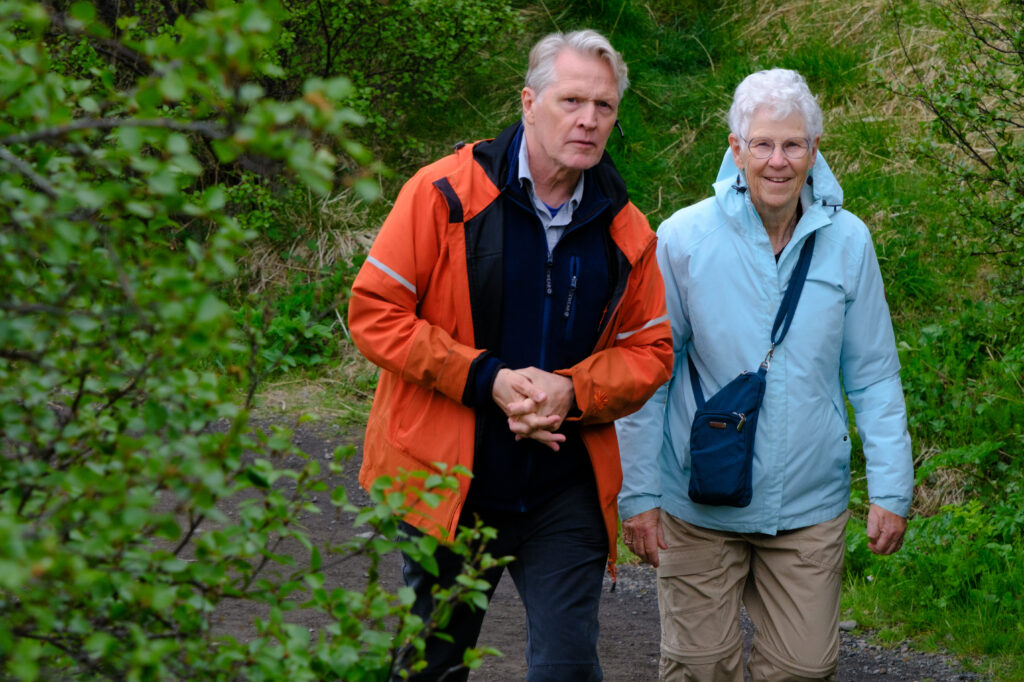
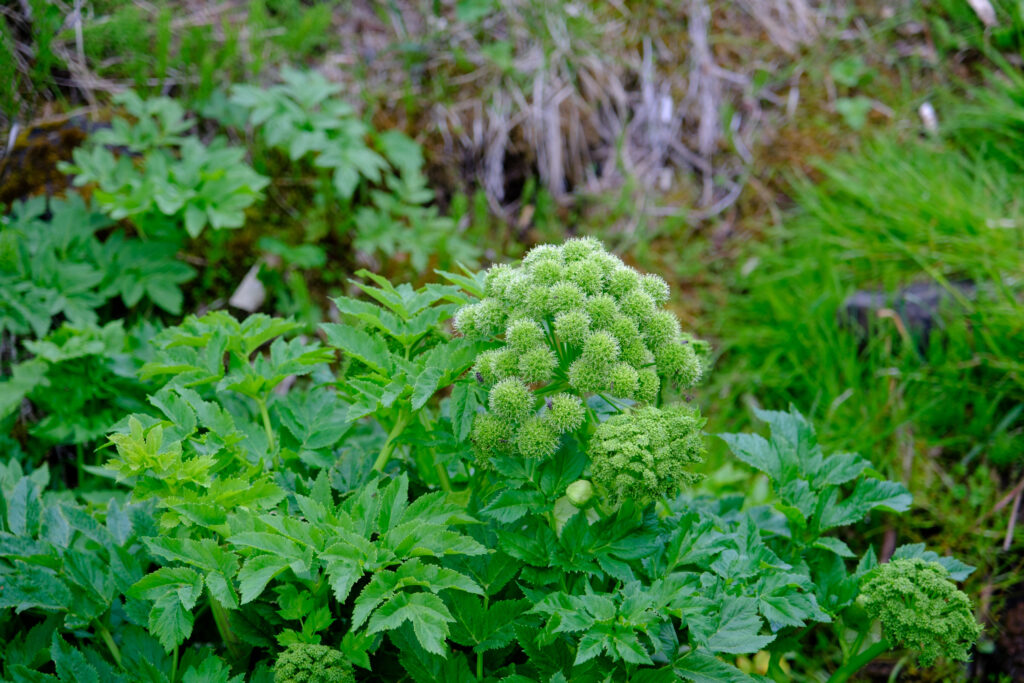
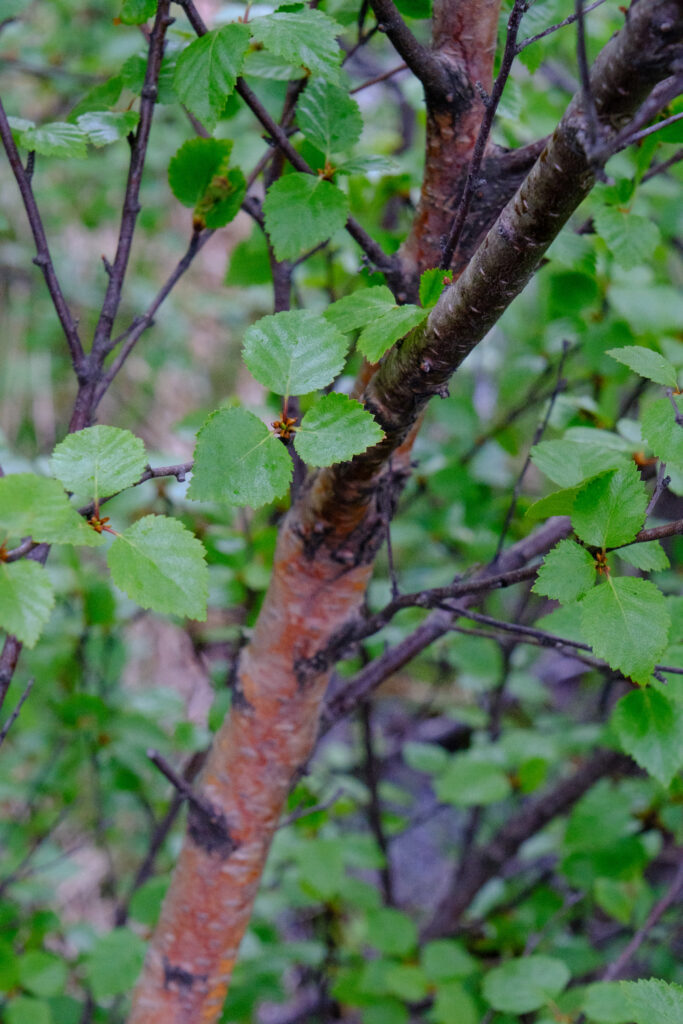

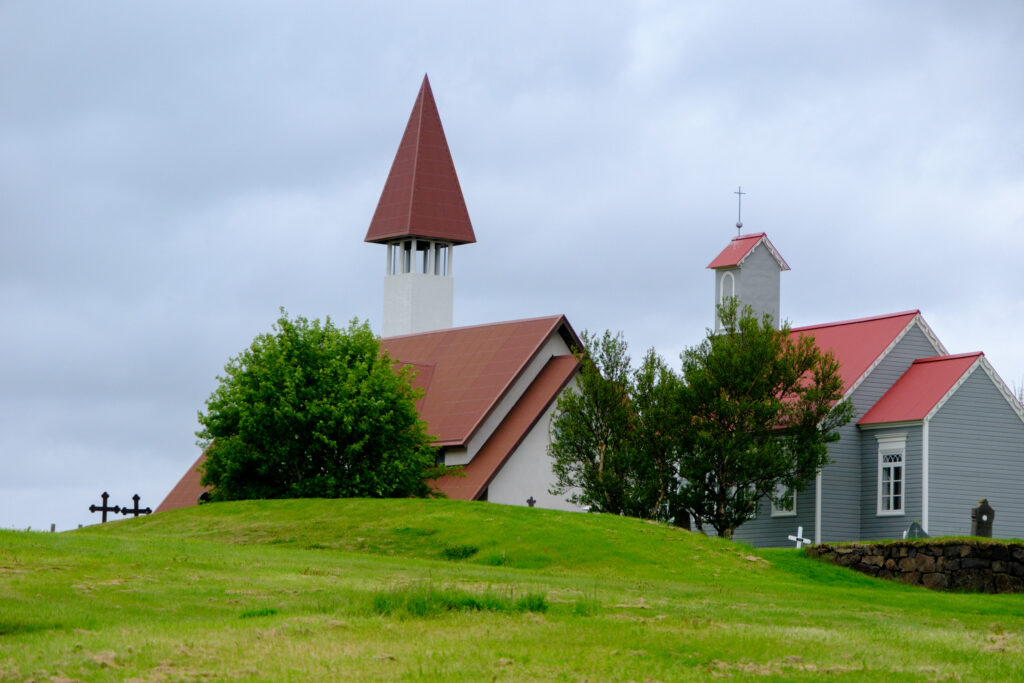
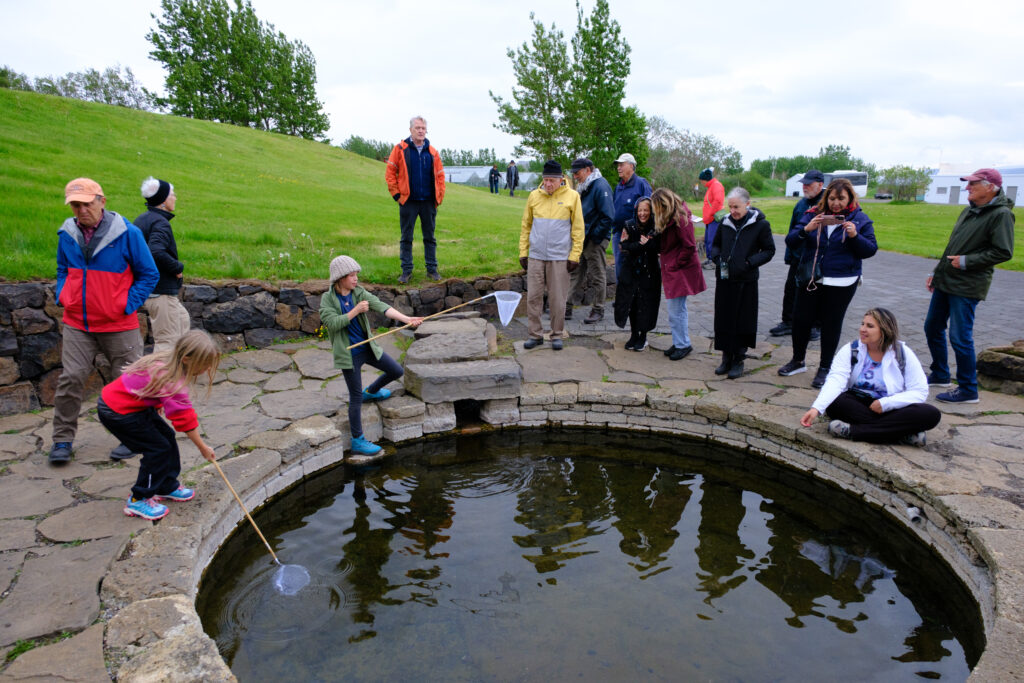
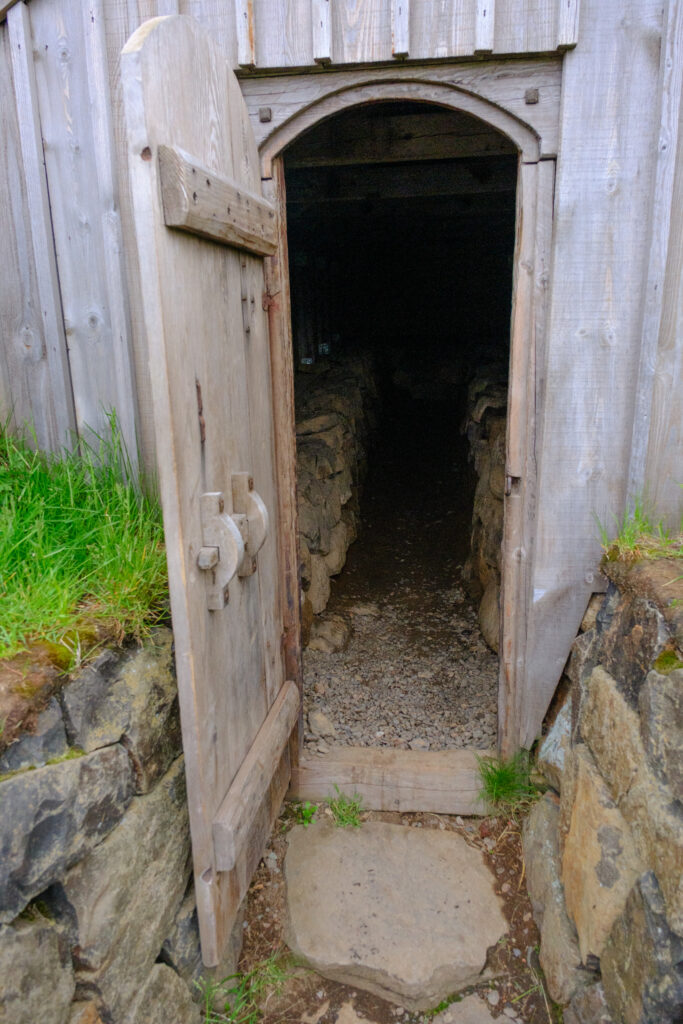
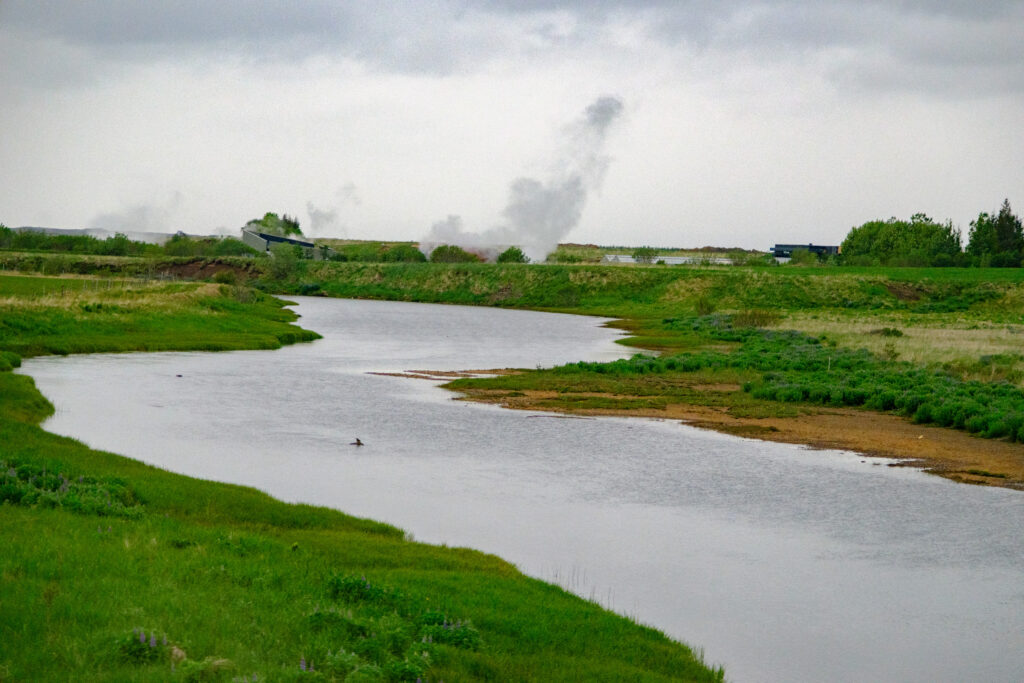
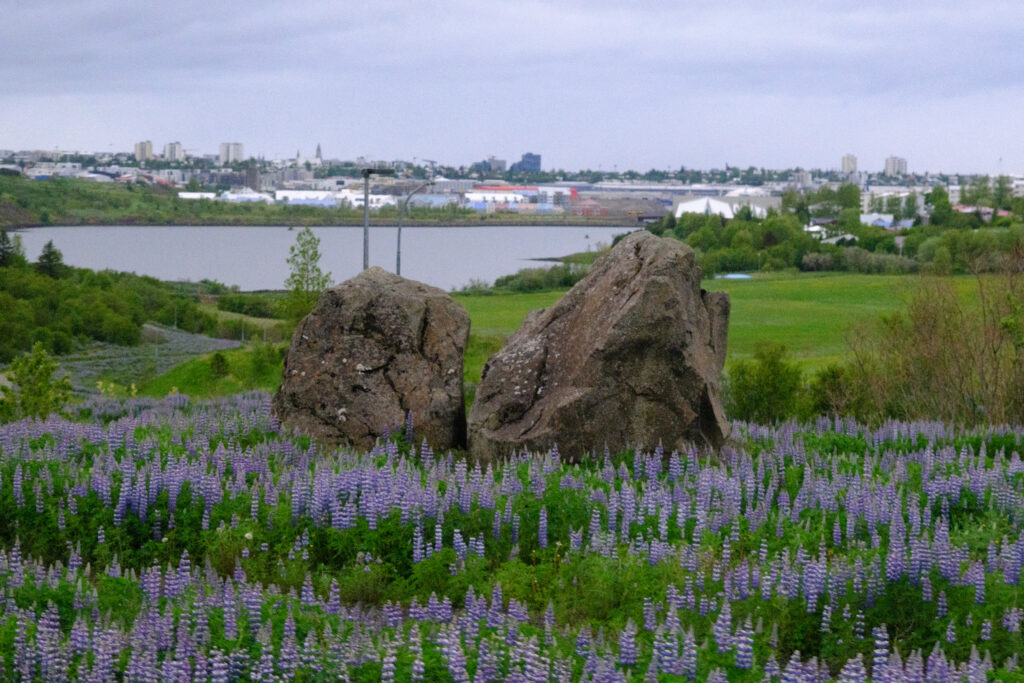

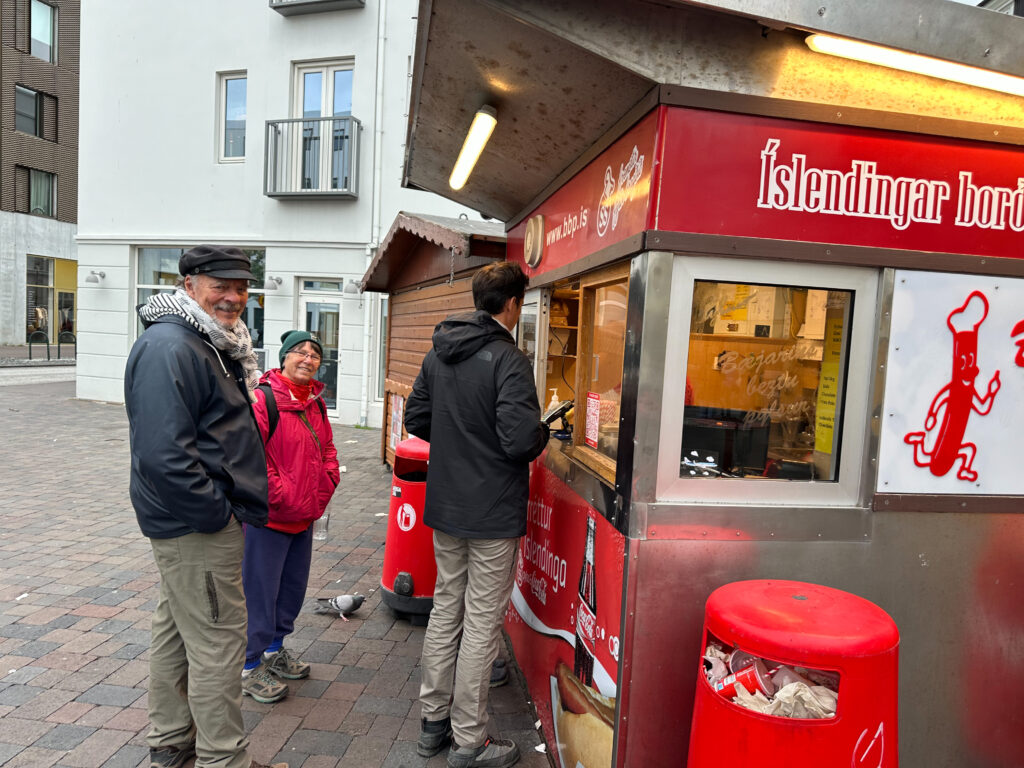
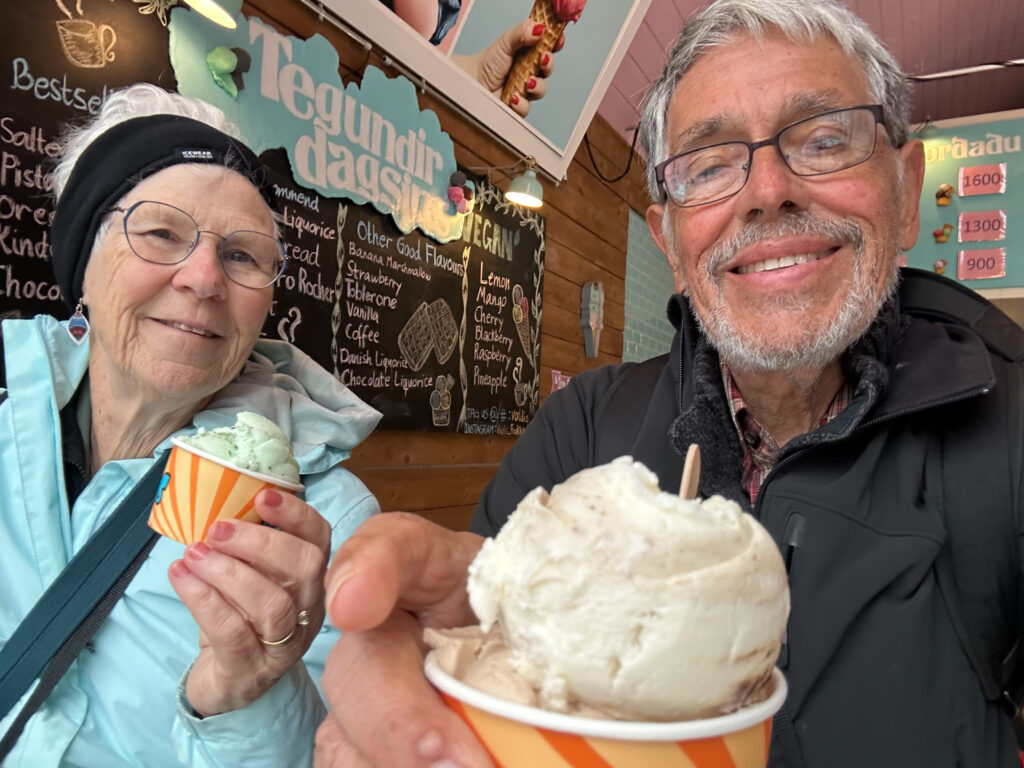
Thanks for sharing, great info and insight to get a feel for the place! Hot dogs look great! So many interesting facts about this place you’ve observed and shared! Awesome photos as always 😎🙌🙌
Thanks for sharing the history! Sounds like a wonderful trip!
Thanks Barbara
Wow! I love every single photo and the commentary.
Thanks